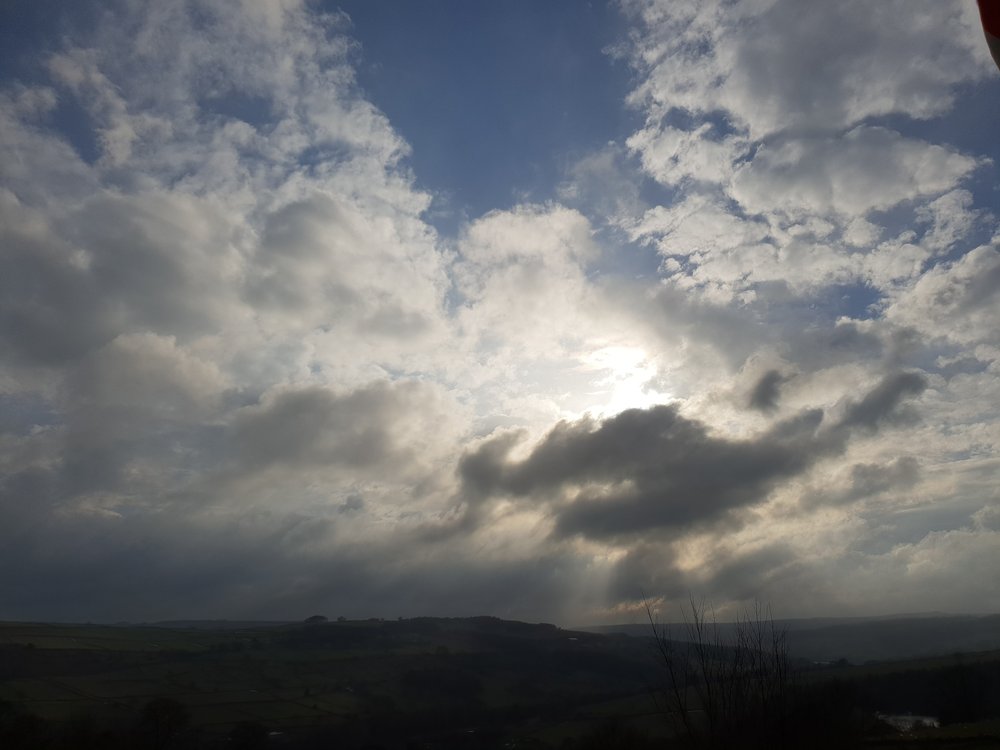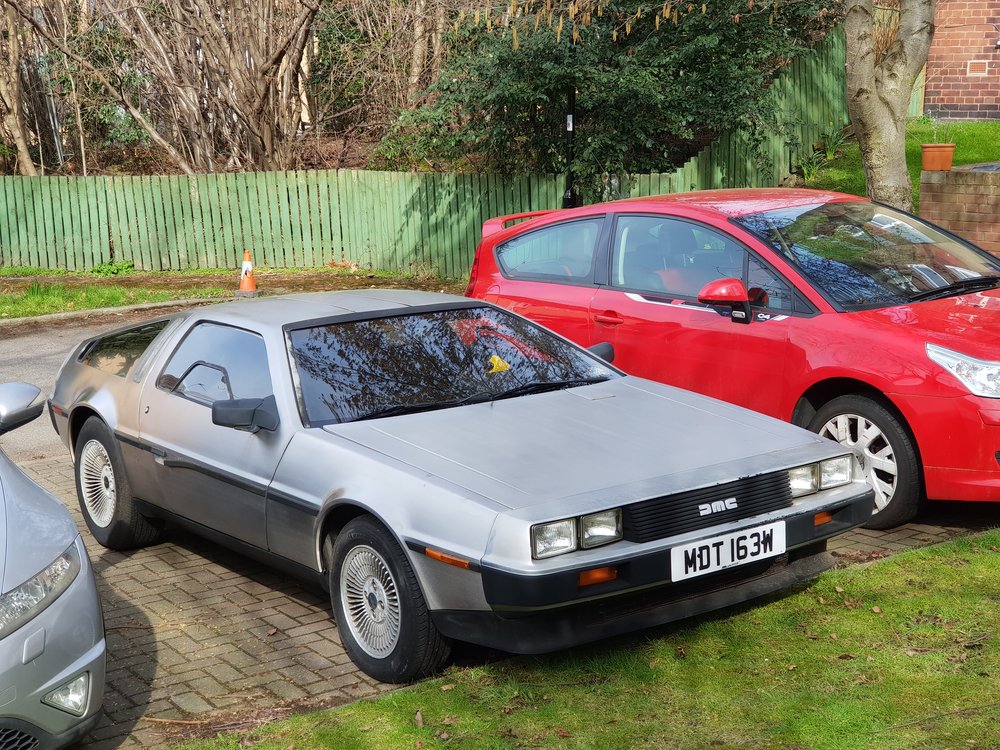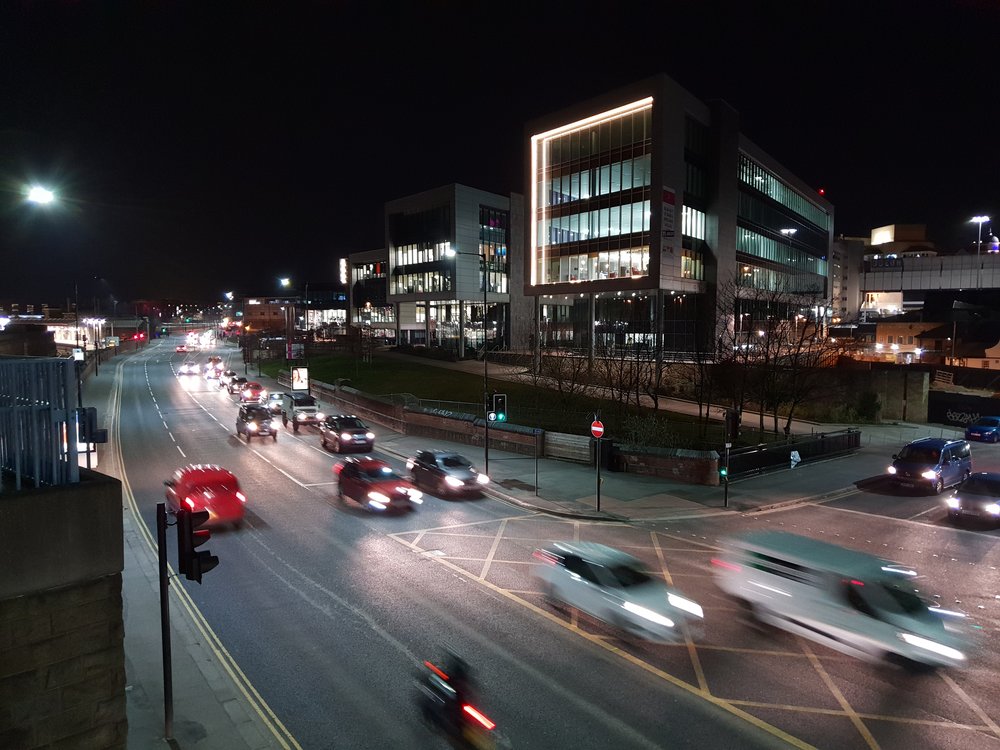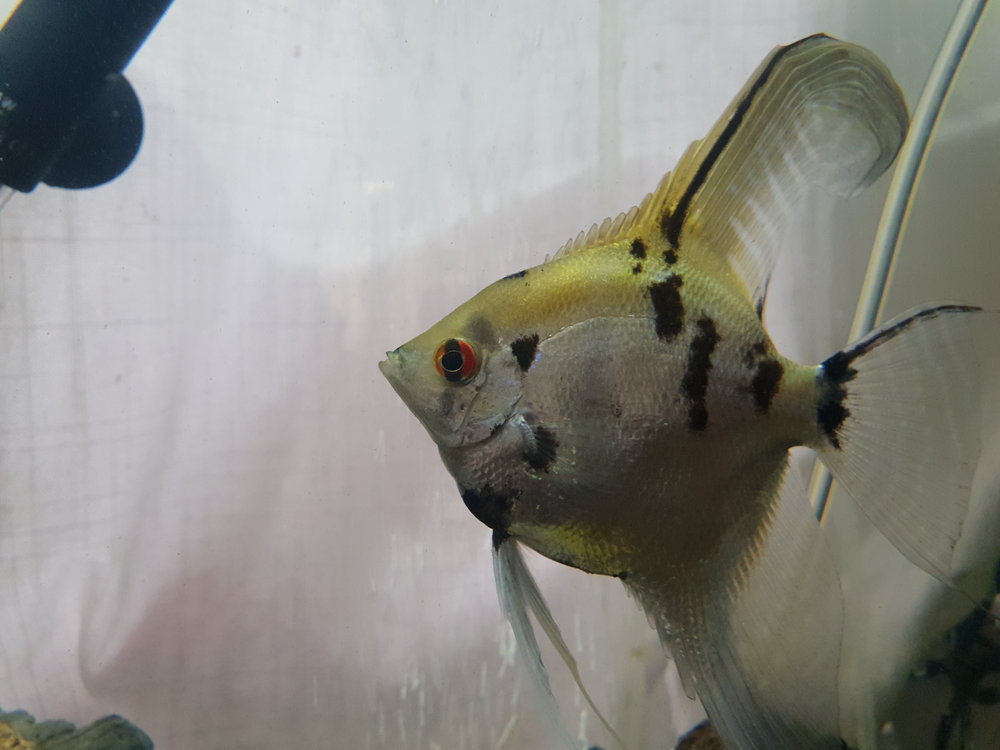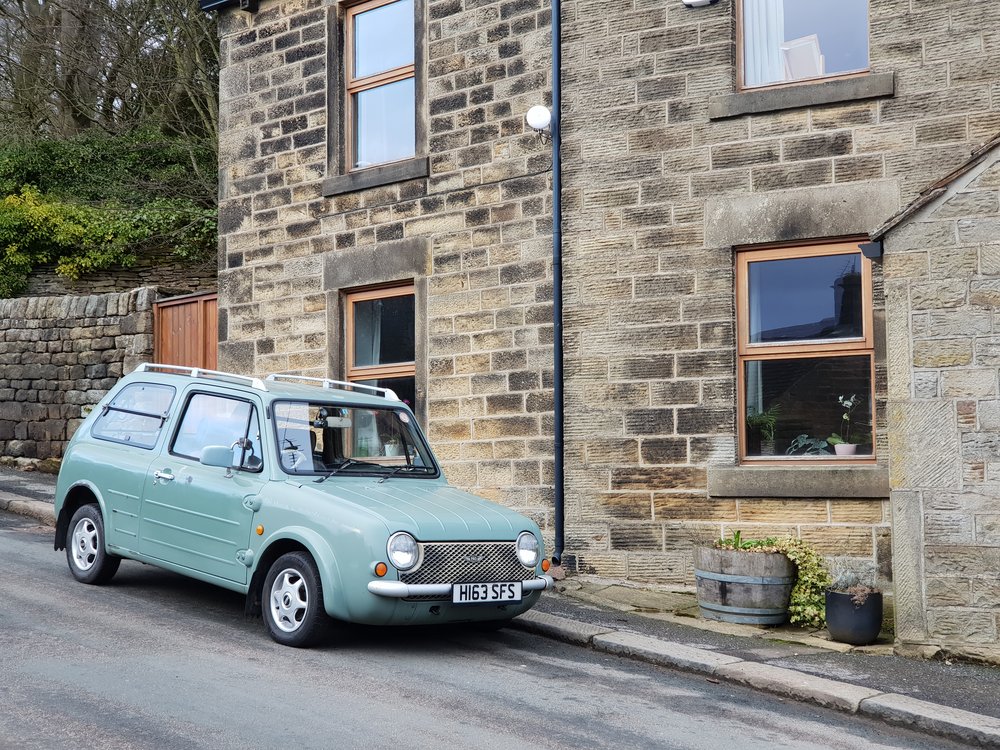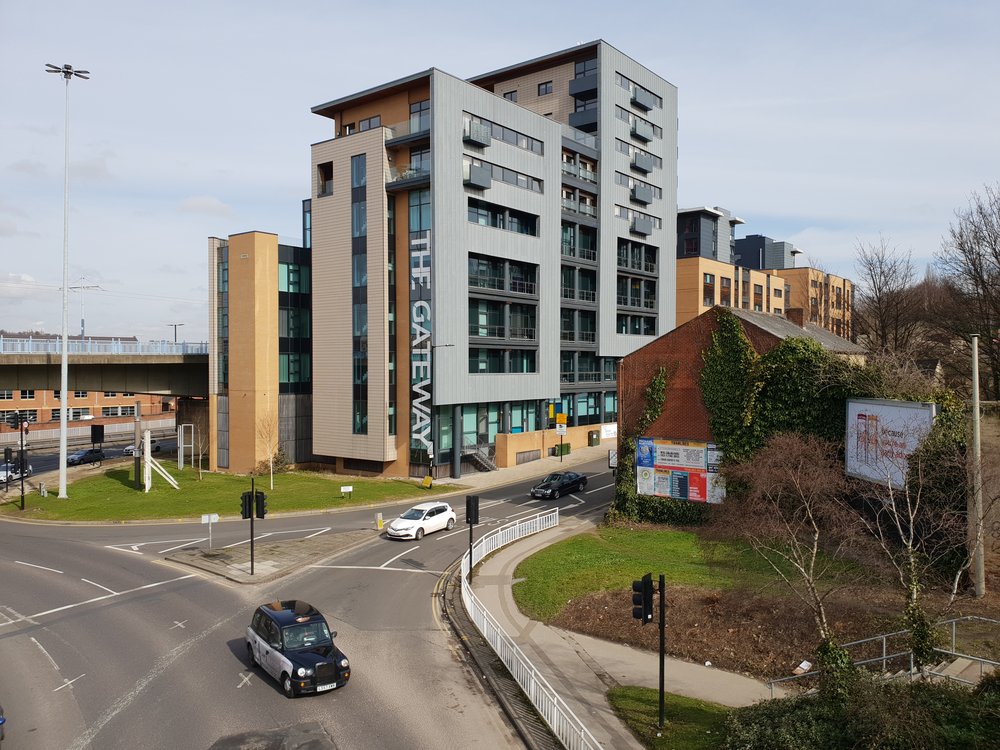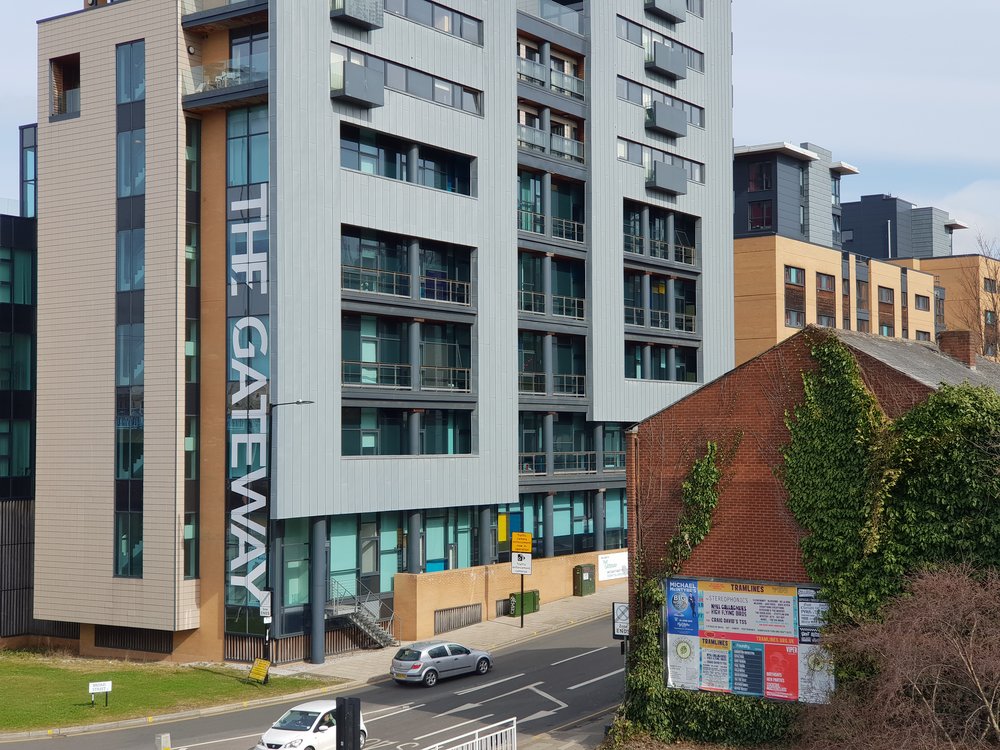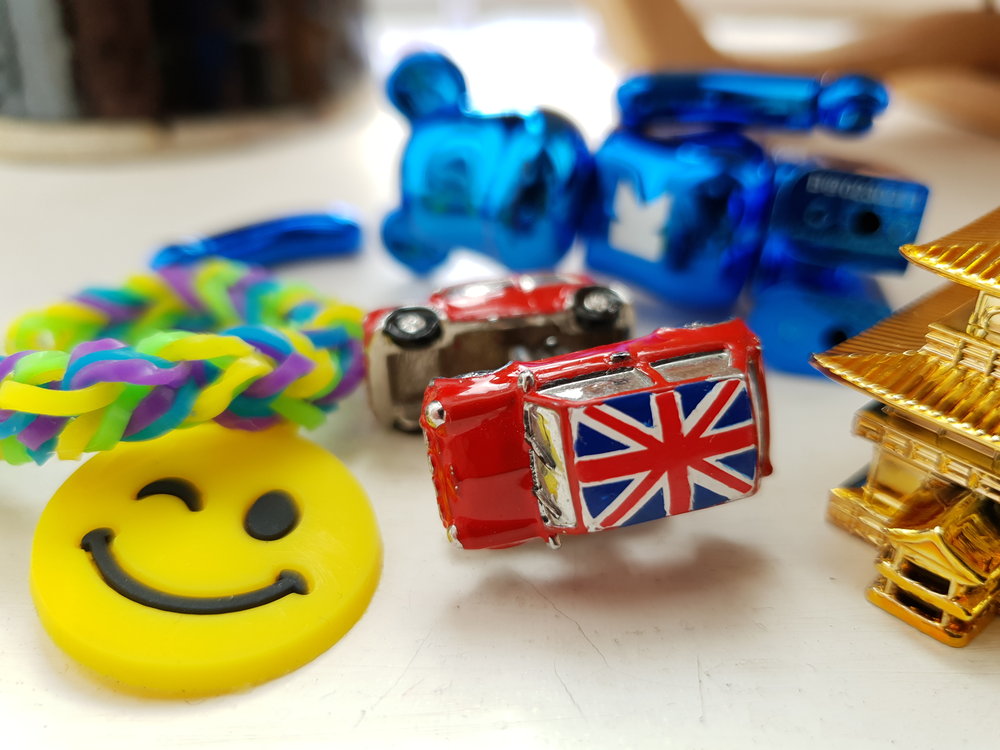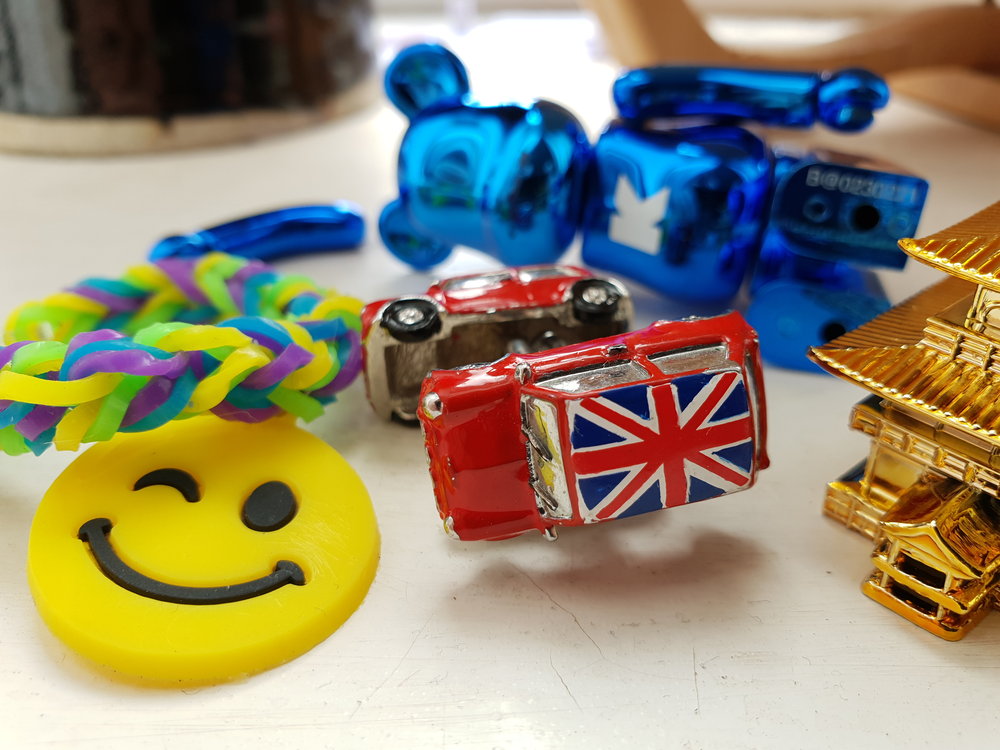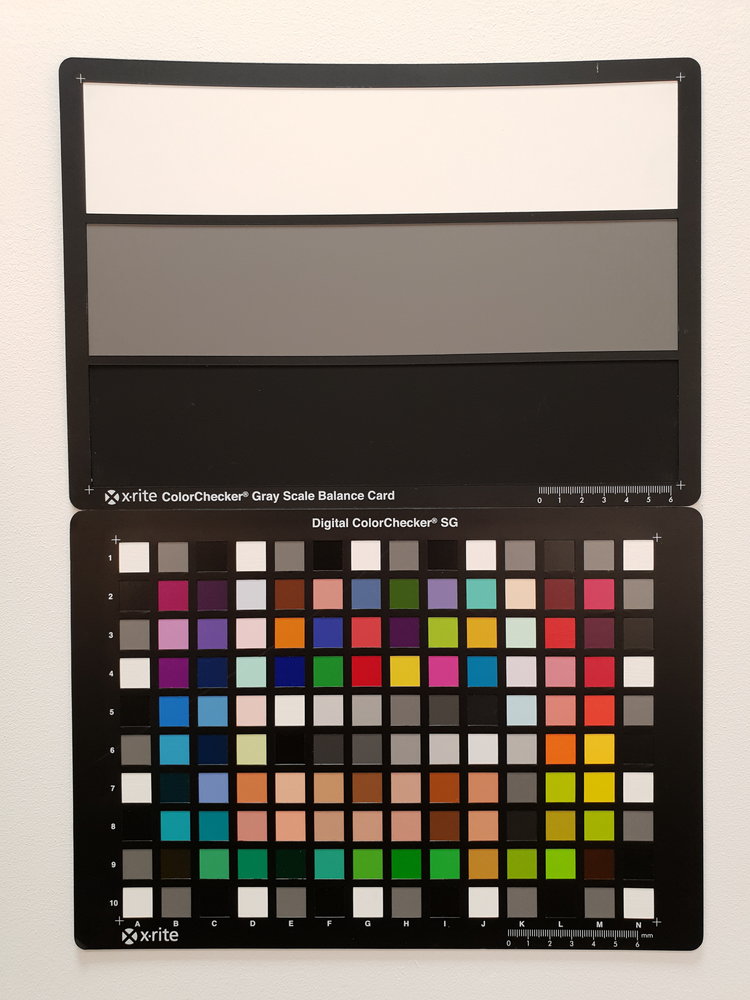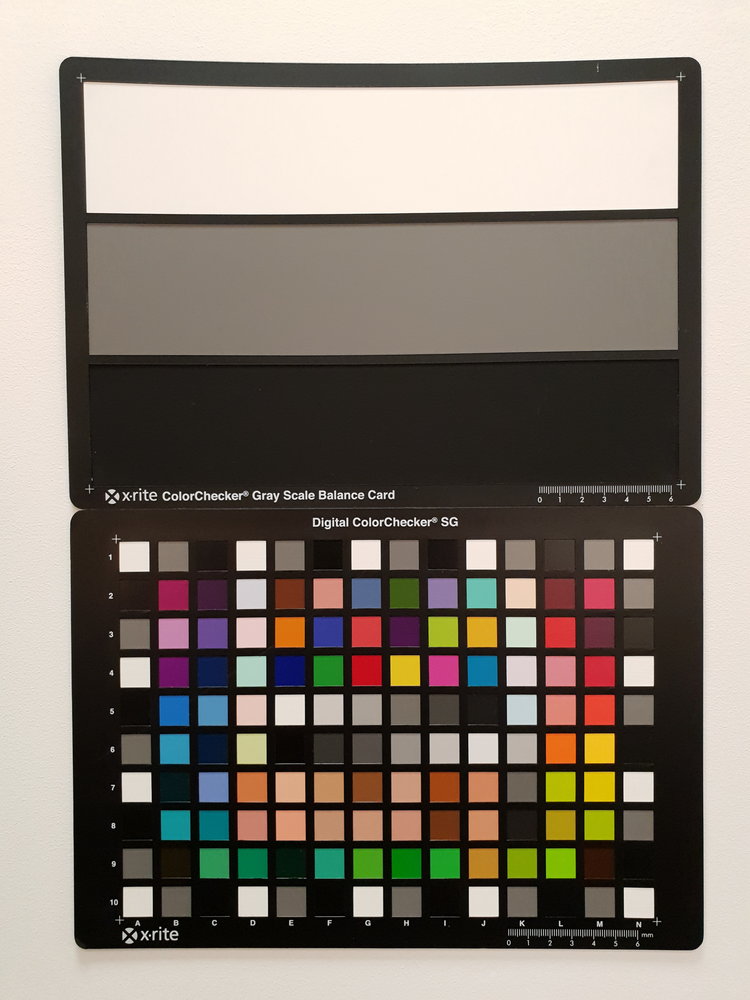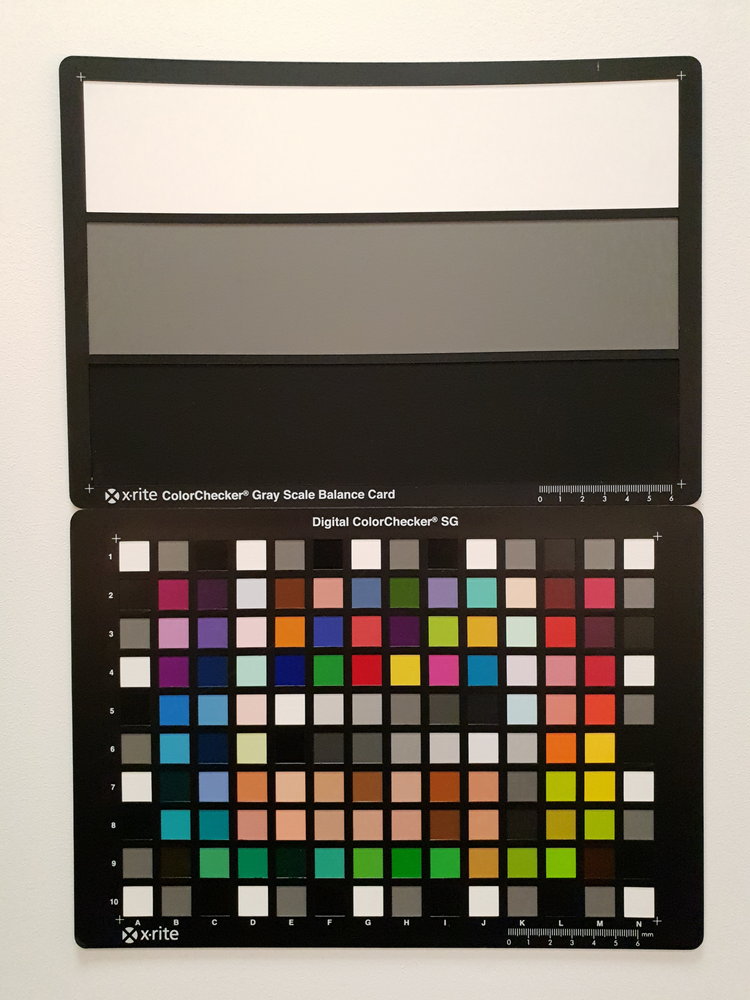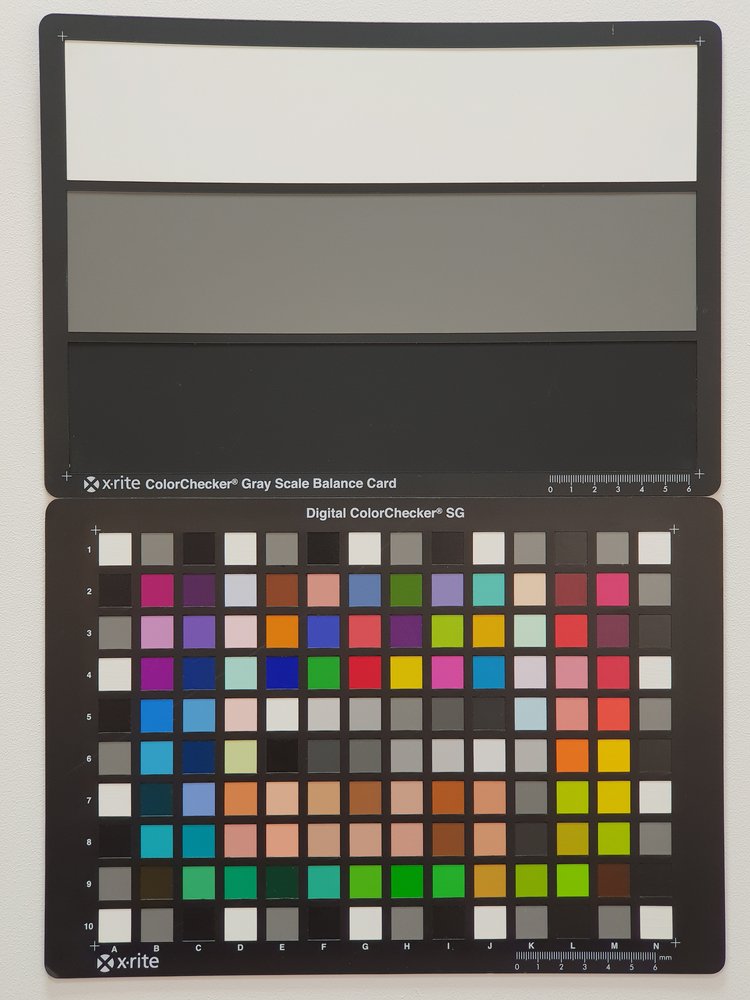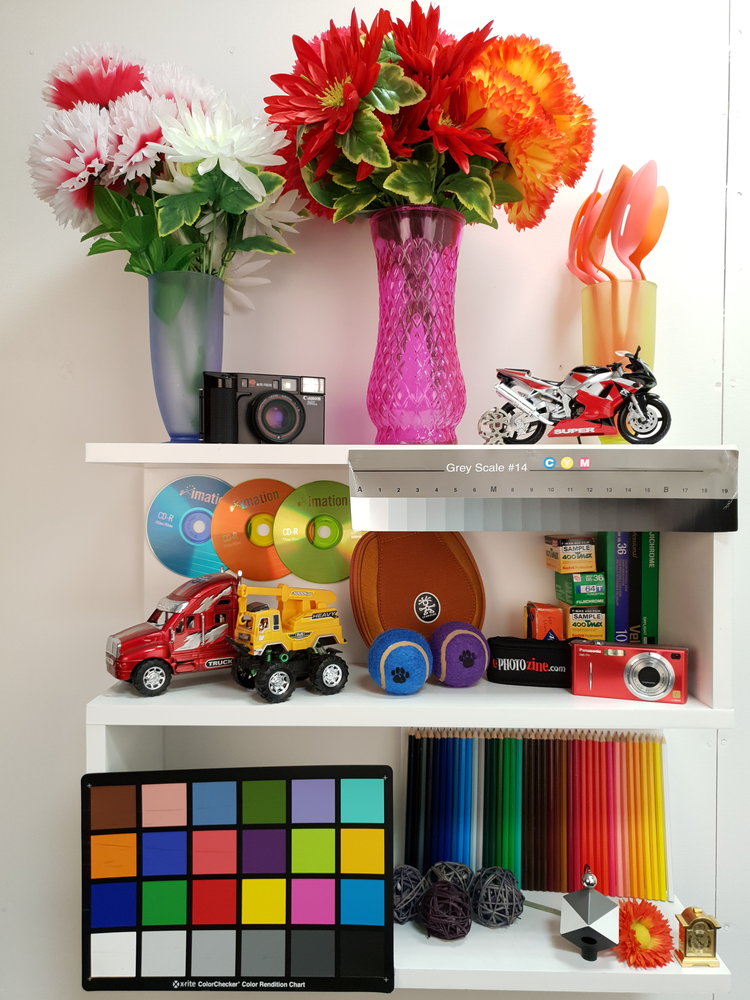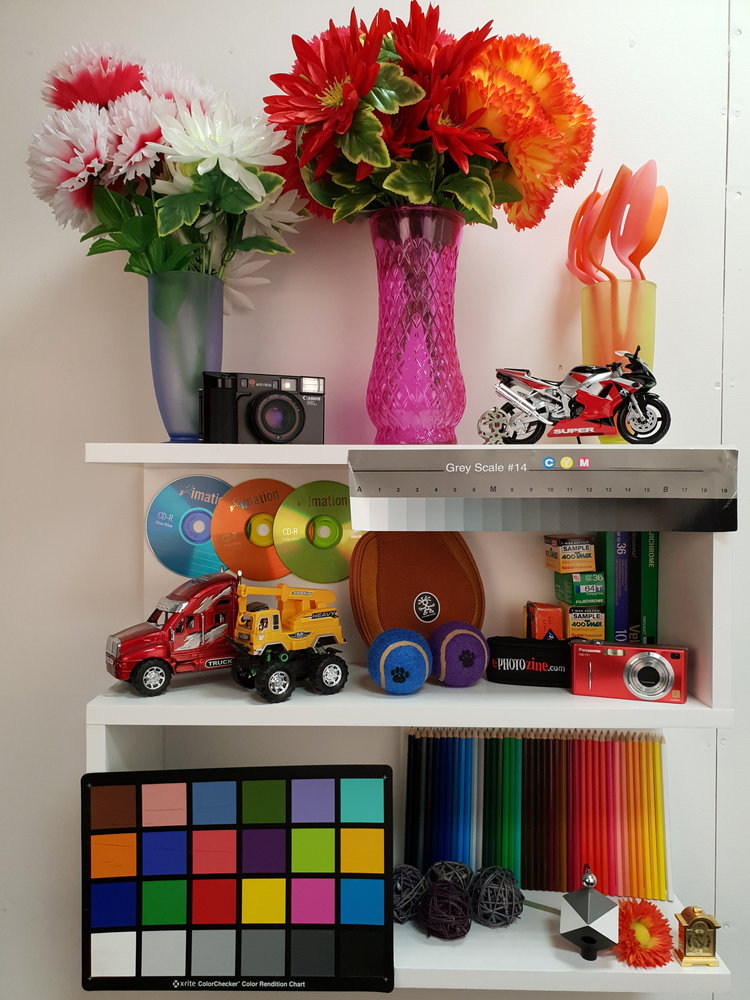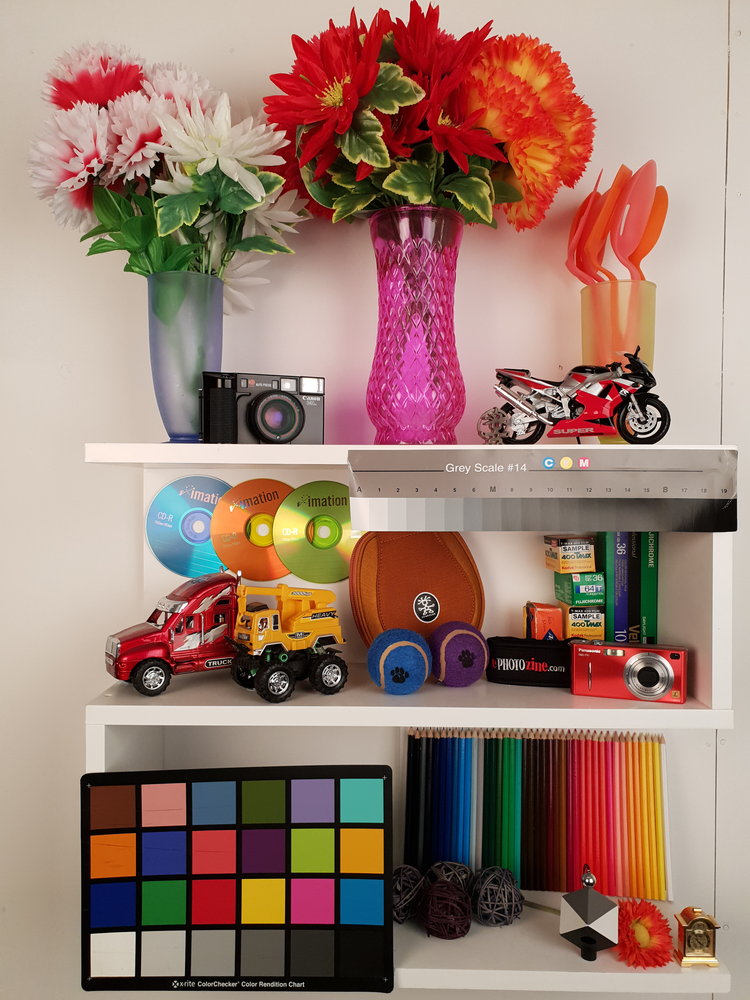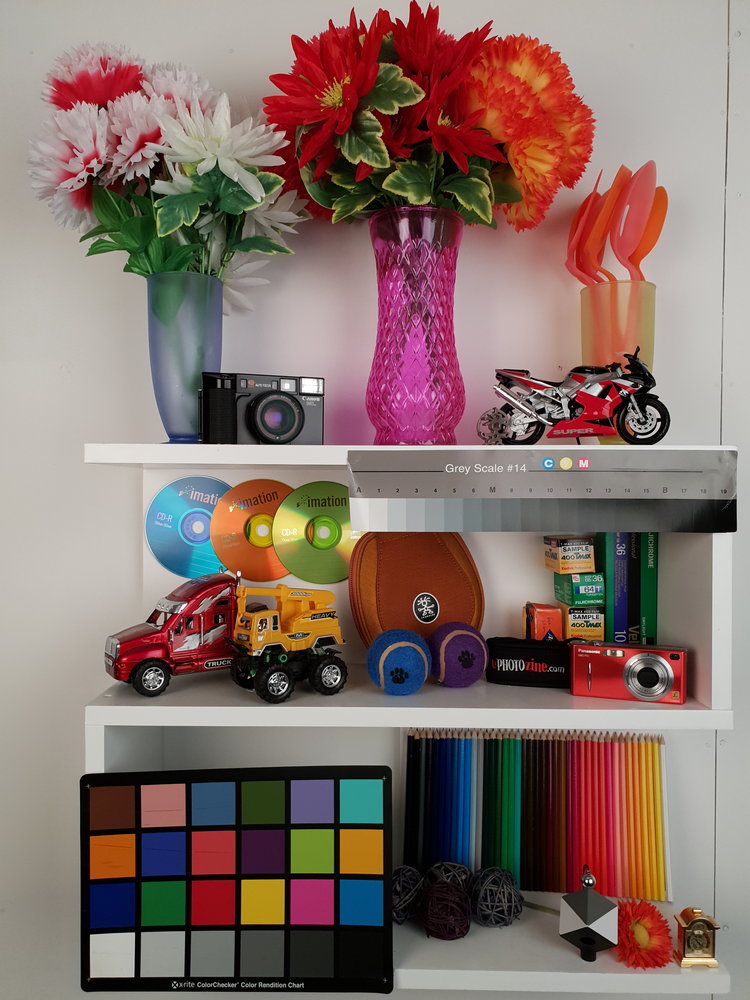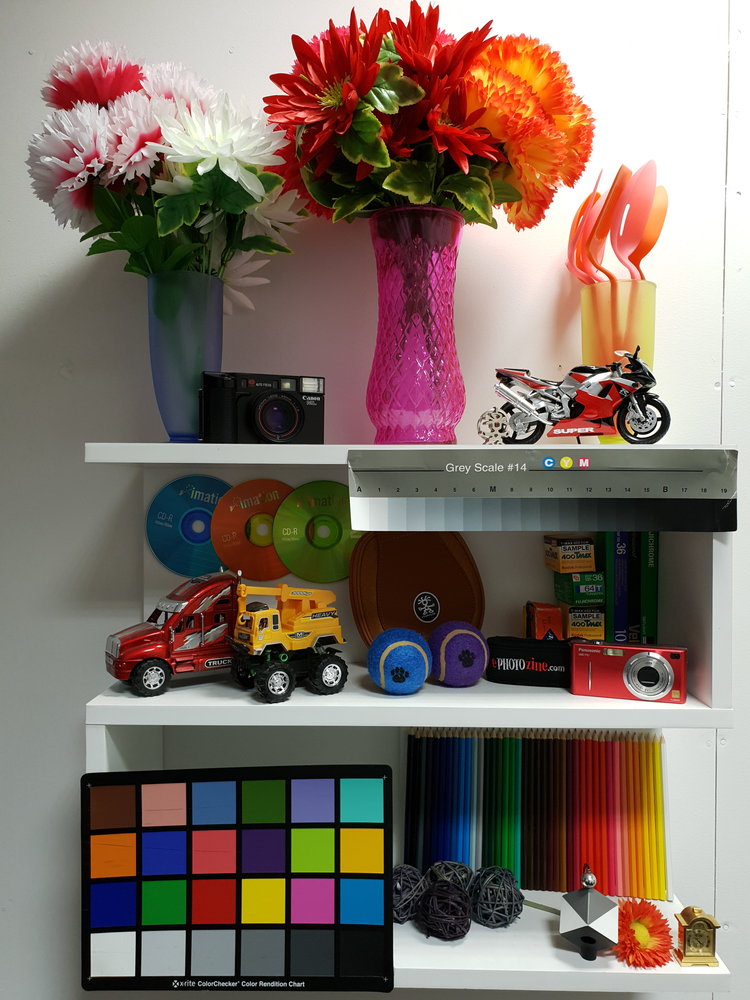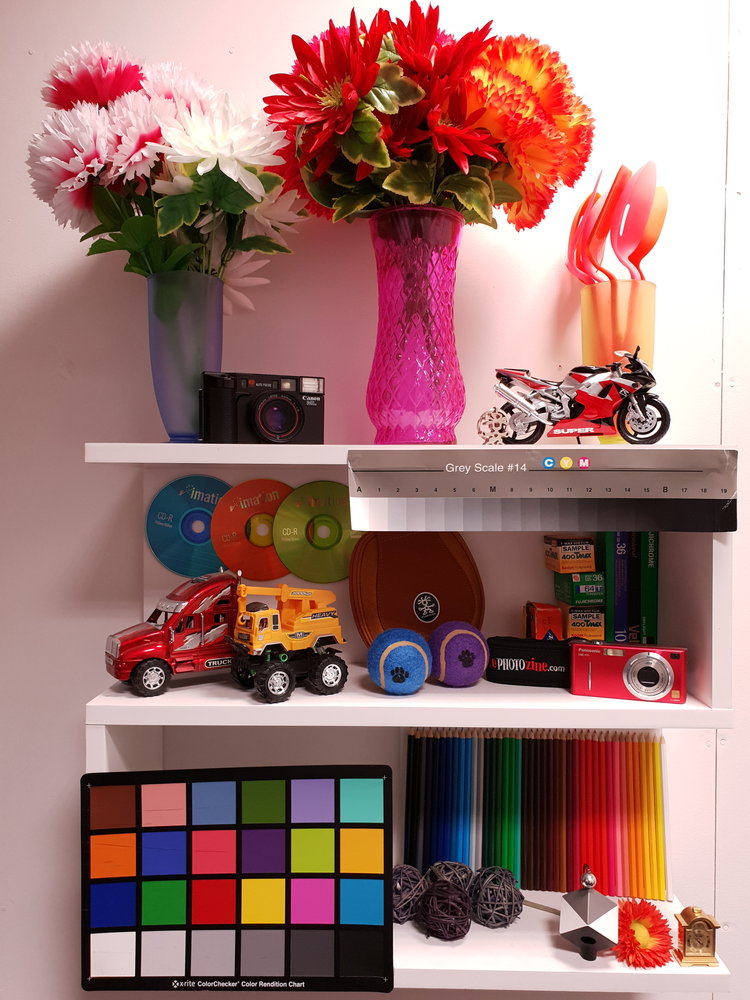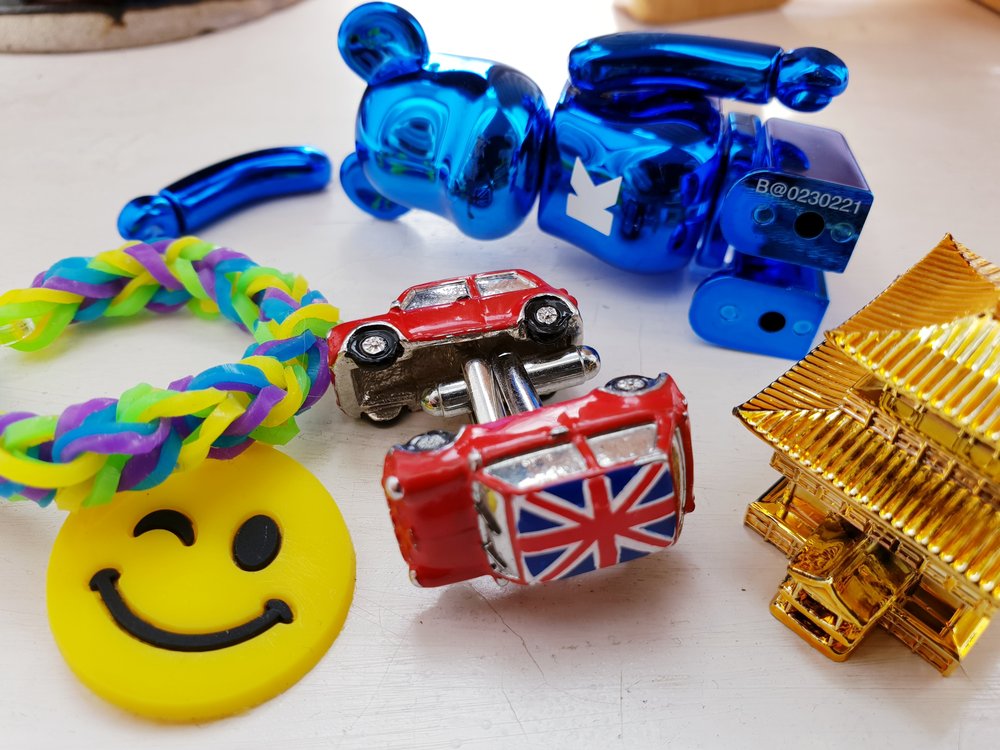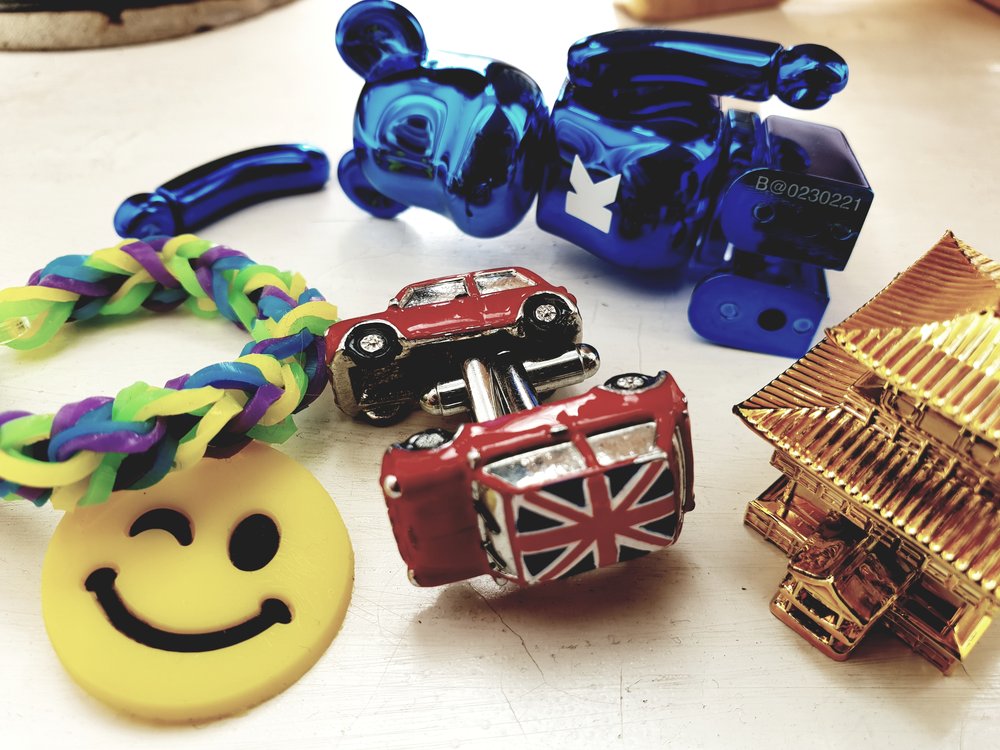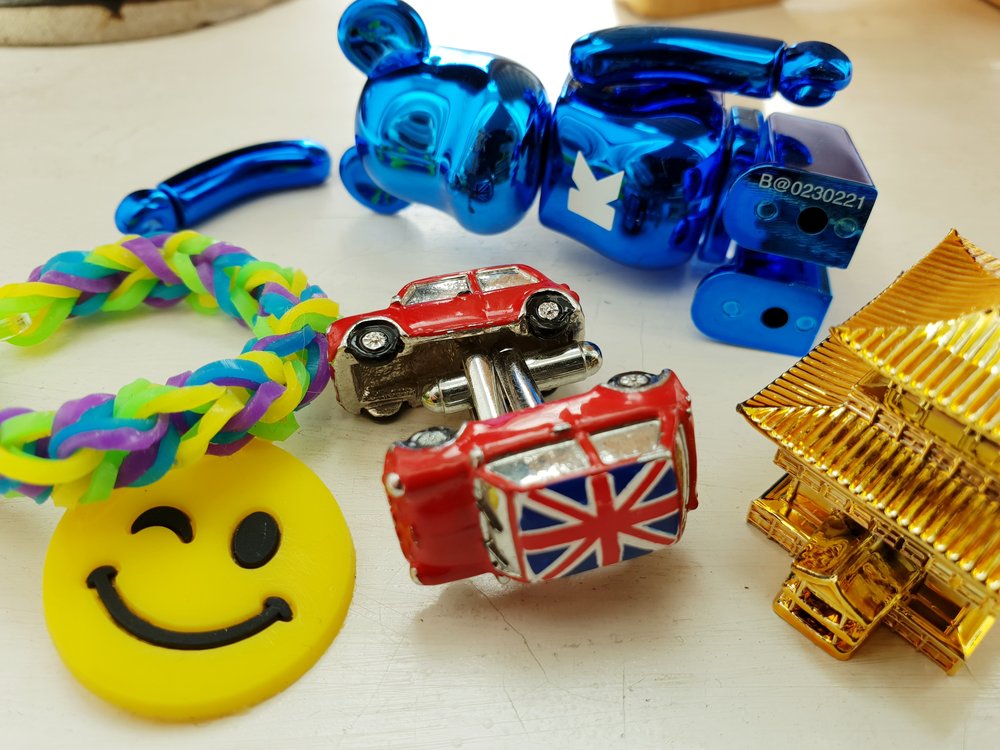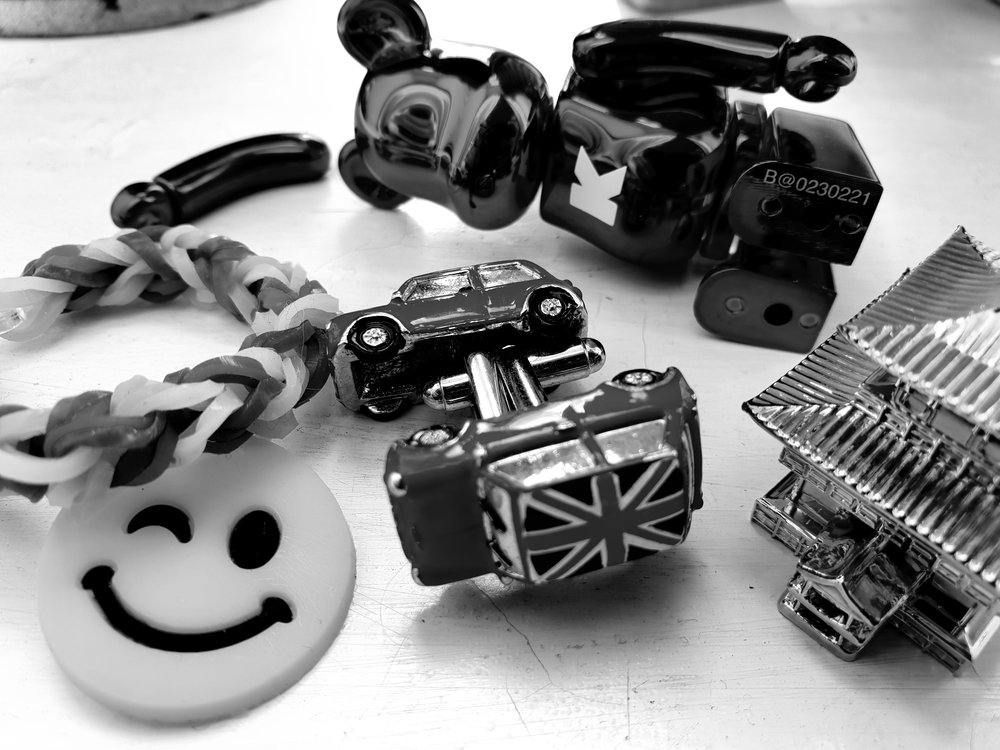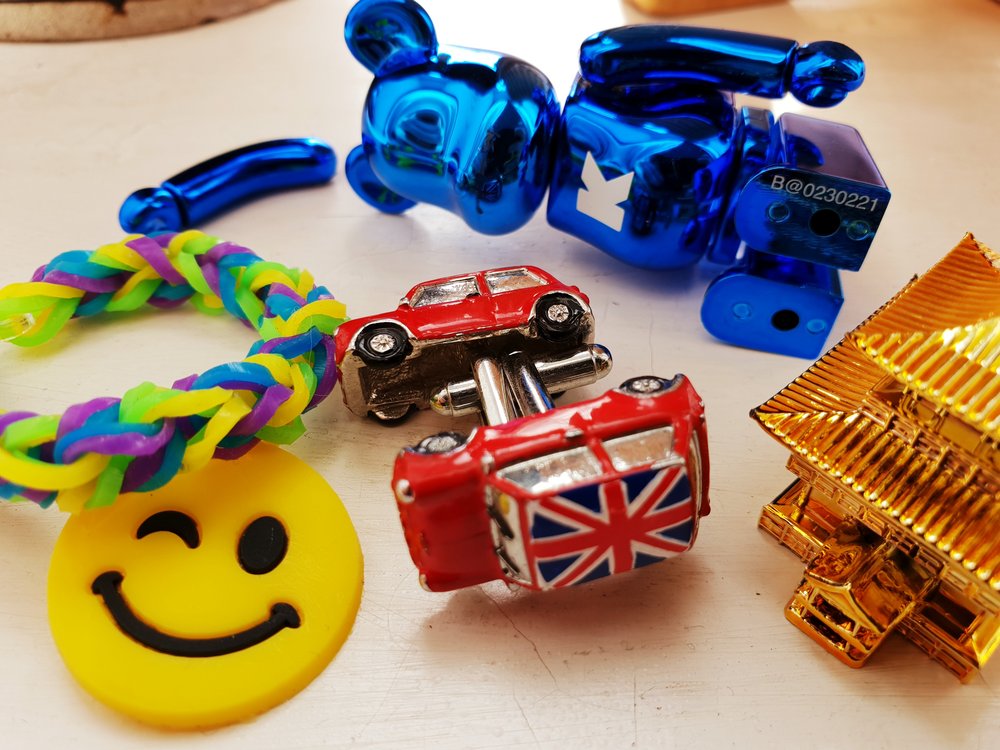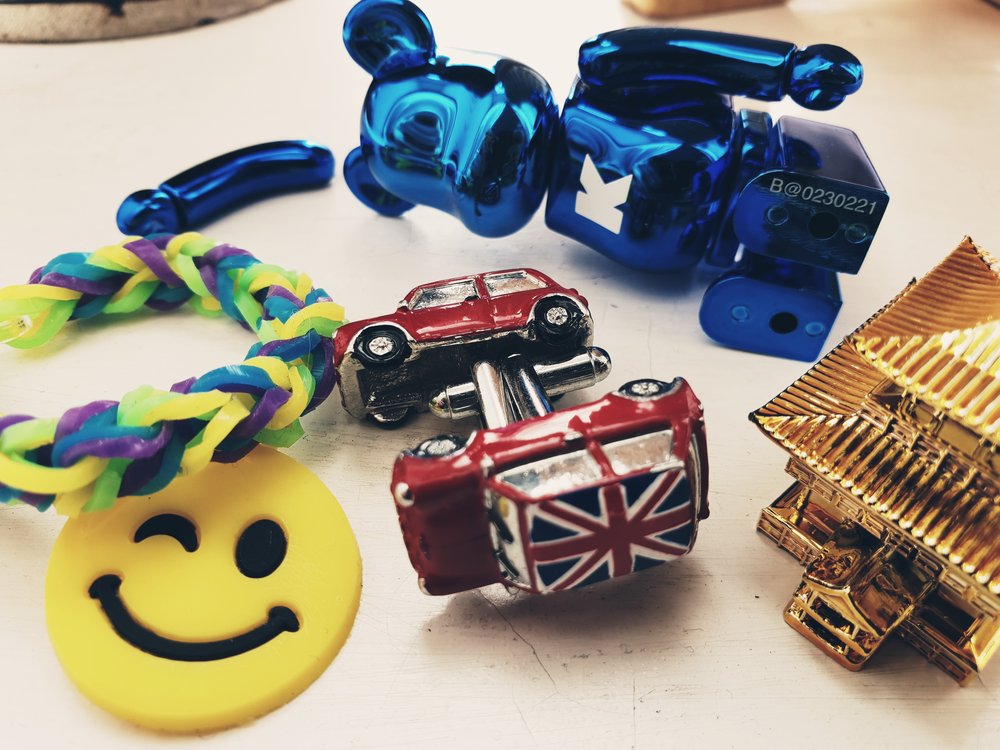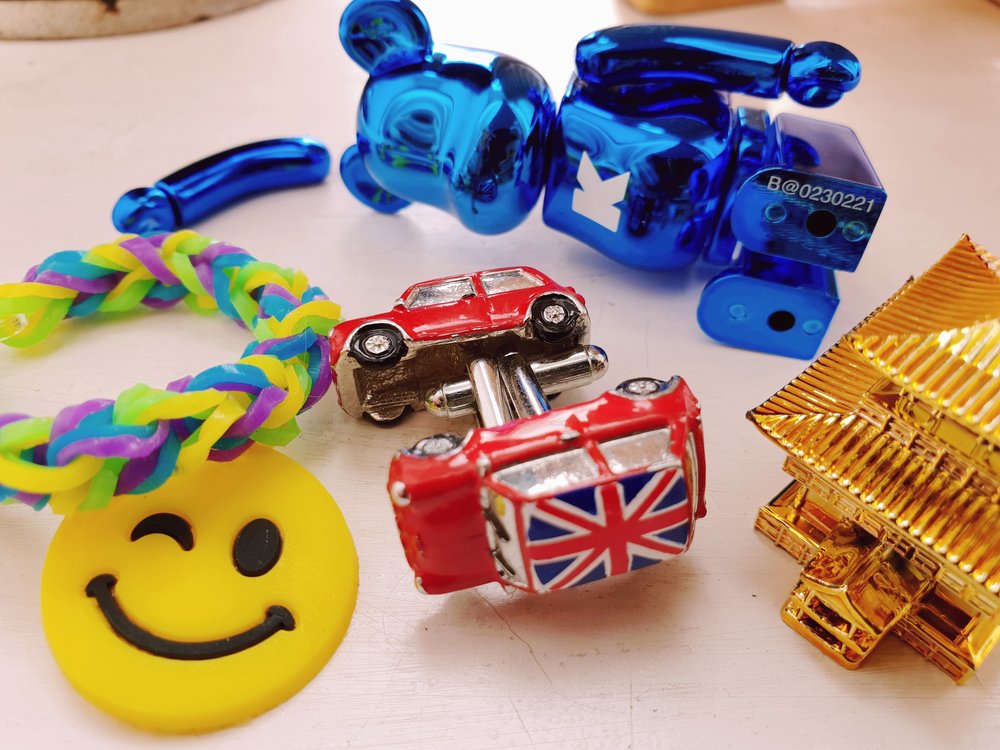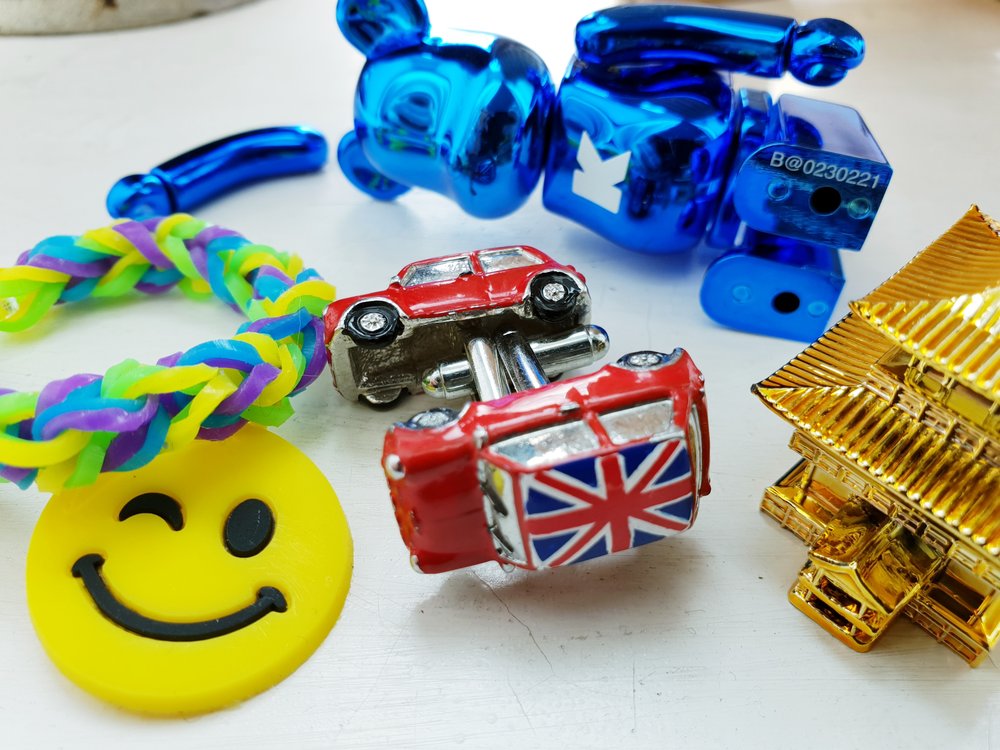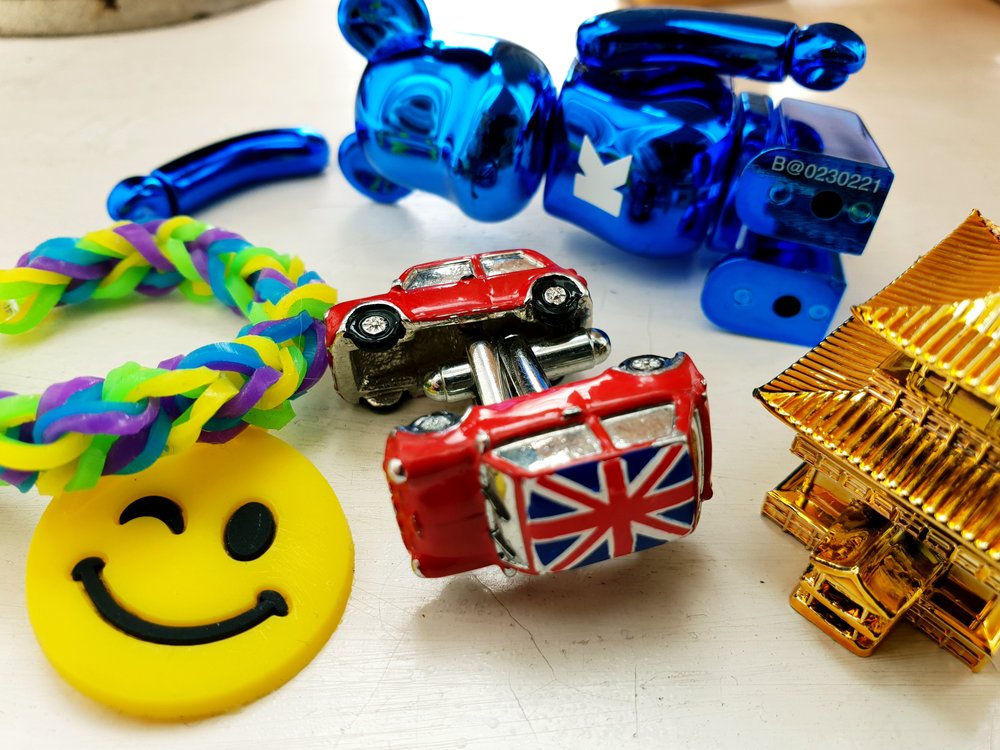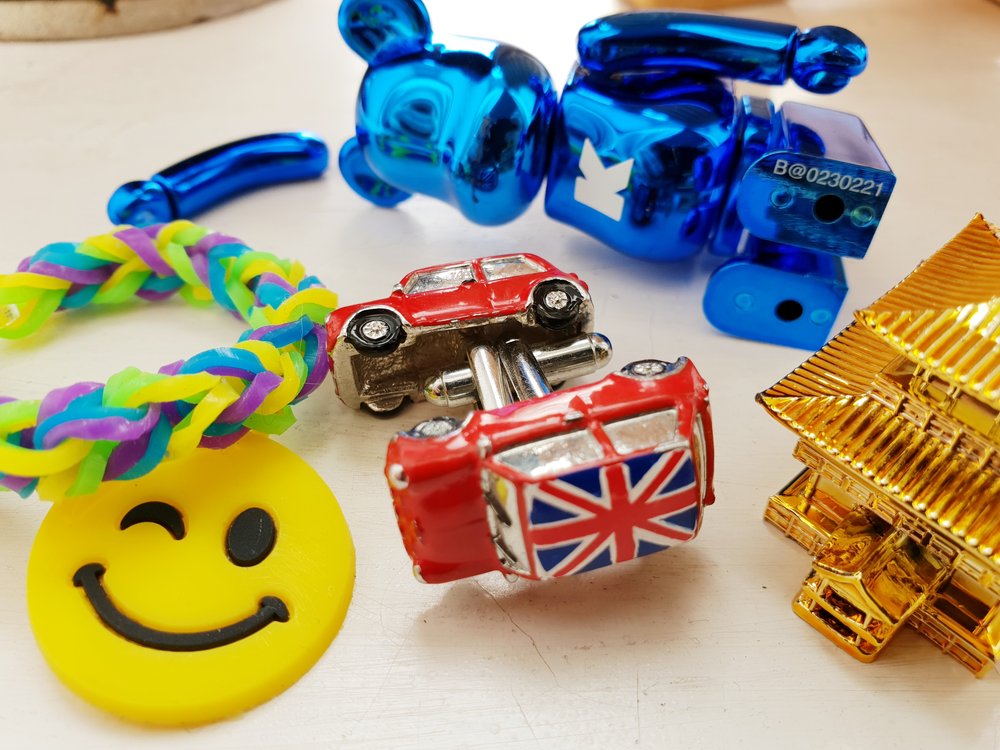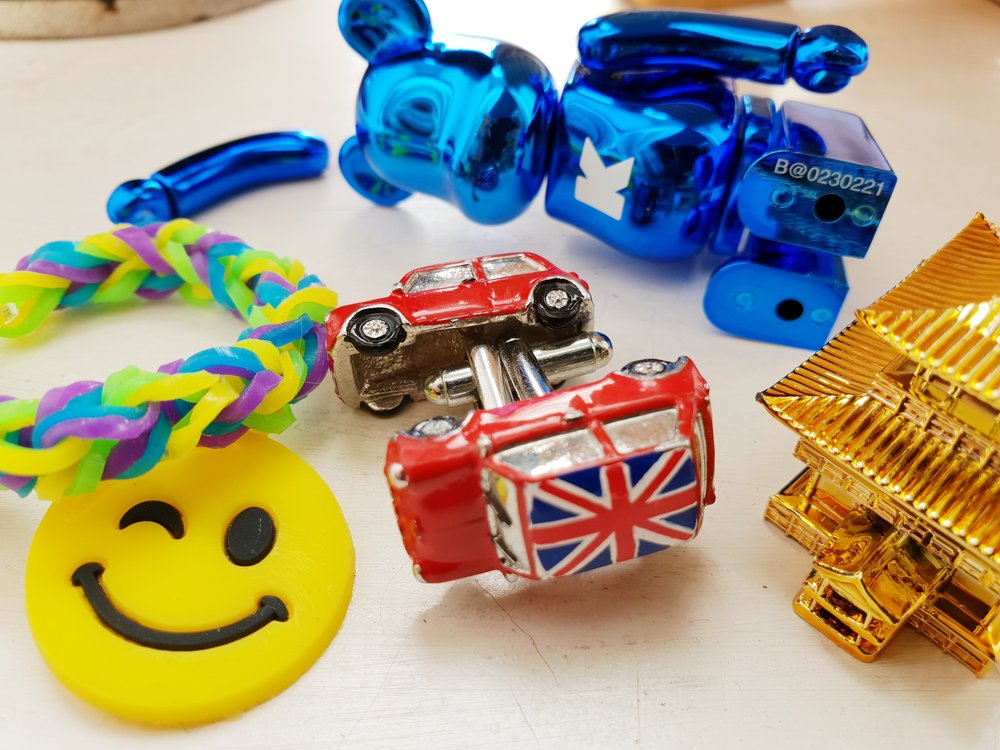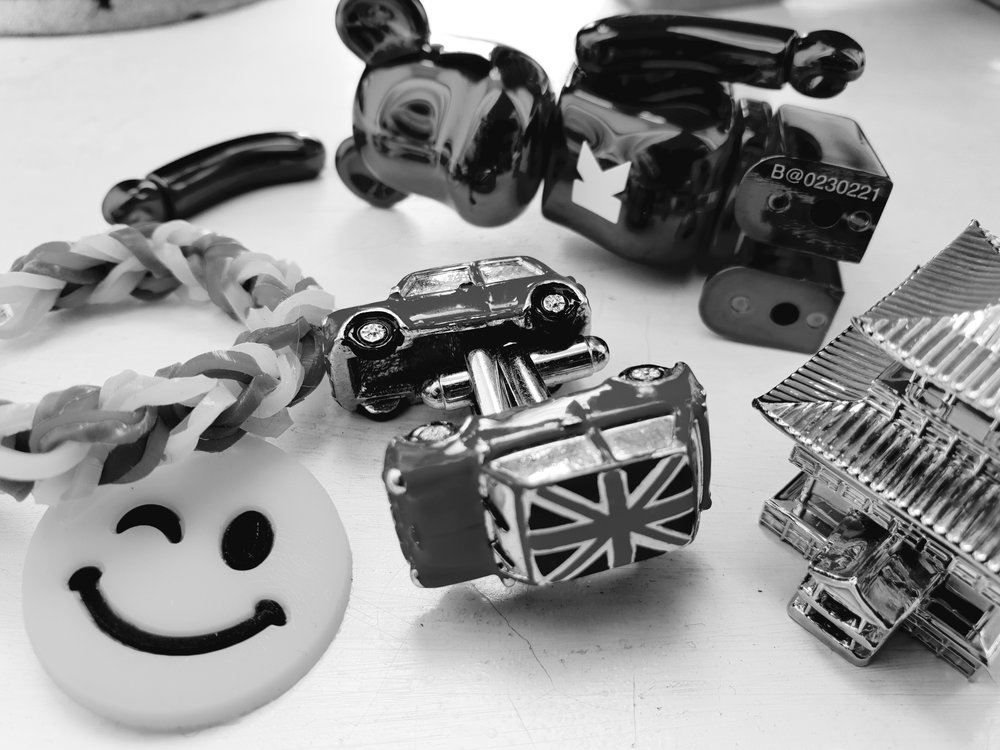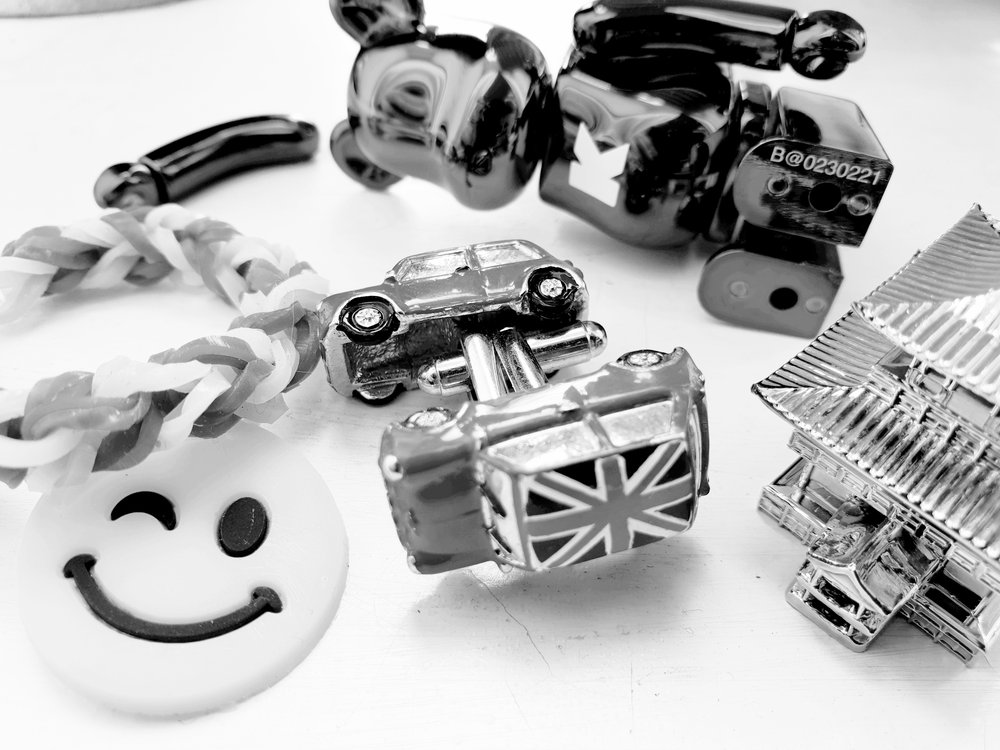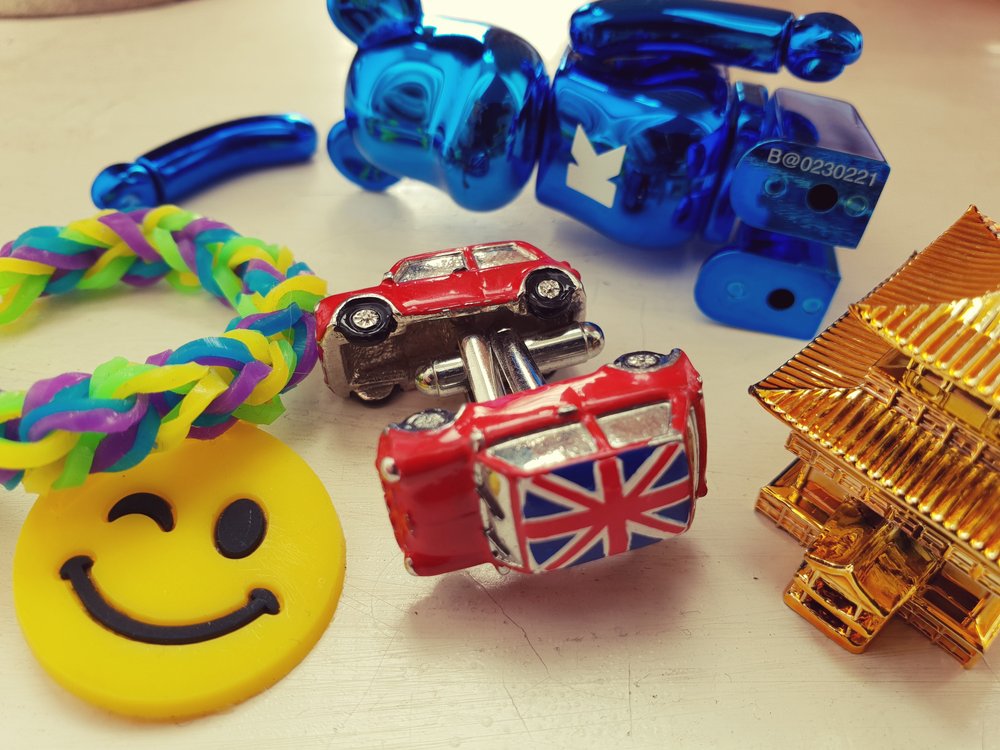
The Samsung Galaxy S9 and S9 Plus are Samsung's flagship mobile phones, announced in February 2018, they both feature a wide-angle lens with a variable aperture - you can choose between f/1.5 or f/2.4, making it not only the first camera phone with a variable aperture, but also the brightest lens available in any smartphone camera to date! The S9 Plus features a second telephoto camera, and both cameras feature optical image stabilisation. The front camera is an 8 megapixel camera, with a bright f/1.7 aperture, and auto focus. A second front camera is used for face recognition which can be used to unlock the phone. Let's find out how the camera performs, and what difference the variable aperture makes.
Samsung Galaxy S9 Plus Features
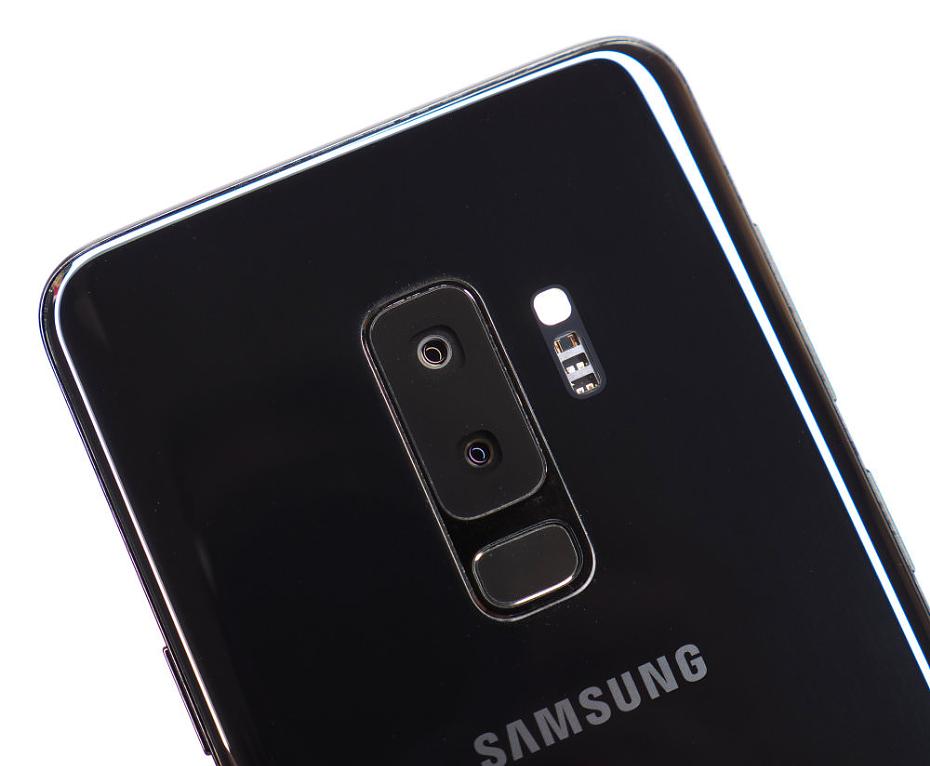
Samsung Galaxy S9 / S9 Plus Camera Features
The Samsung Galaxy S9 and S9 Plus both feature a wide-angle camera with optical image stabilisation (OIS), and a variable aperture, which will automatically switch between f/1.5 and f/2.4 depending on lighting conditions. In pro mode, you can set the aperture yourself. The 12-megapixel sensor features a dual-pixel design for rapid focus. The sensor has 1.4um pixels (find out what pixel size means here), which are quite large for a smartphone, allowing the sensor to gather more light, and giving better noise performance.
The telephoto lens on the S9 Plus has an f/2.4 aperture and optical image stabilisation helps keep shots sharp. The telephoto camera also features a 12-megapixel sensor, however, the pixels are smaller at 1um.
The front 8-megapixel "selfie" camera has a bright f/1.7 aperture and auto-focus.
There have been further updates made to the camera app, with AR Emoji, and Super Slow-motion recording, at up to 960fps. "Bixby Vision" is built-in, letting you search the internet for similar items to what you've taken a photo of. Touch focus can be used, and thanks to every pixel on the dual pixel sensor being used for phase detection, autofocus is blisteringly fast, helping you capture sudden movements.
Shooting modes include Auto, Live Focus (for blurred backgrounds), Pro, Panorama, Super Slow motion (up to 960fps), Hyperlapse, AR Emoji, Food, and video modes. There is a built-in LED flash on the rear, and the front screen can be used as a selfie flash when using the front camera, in low-light conditions.
4K UHD video is recorded at frame rates up to 60fps and can be recorded whilst simultaneously capturing 9-megapixel images.
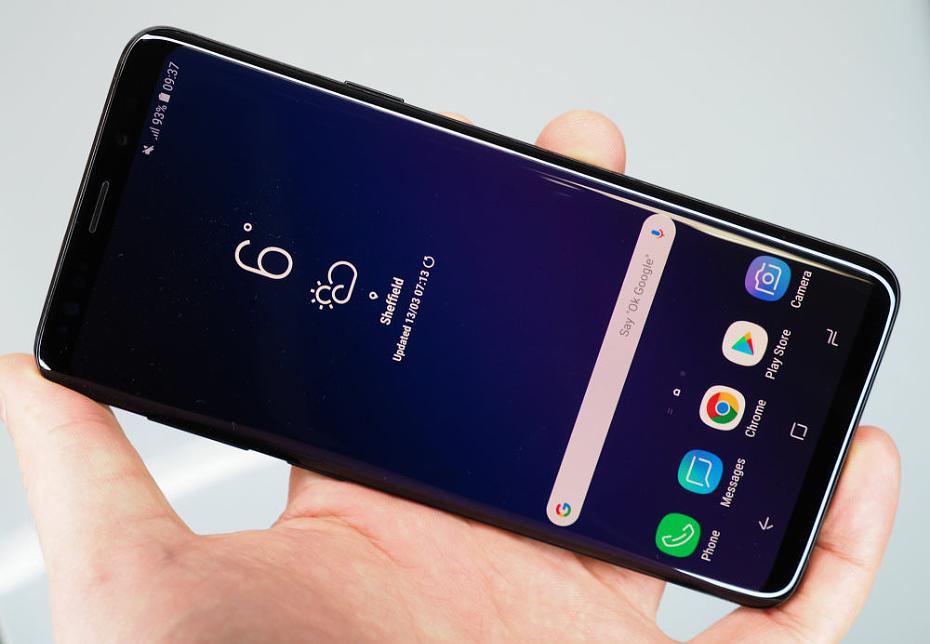
Samsung Galaxy S9 / S9 Plus Smartphone Features
Both smartphones feature the curved edge "Infinity Display" from the S8, which is designed to give maximum screen size, whilst maintaining a smaller phone size, with a 5.8inch 18:9 screen on the S9 and a 6.2inch 18:9 screen on the S9 Plus. The screens have a high resolution of 2960x1440, and they support HDR10, which is compatible with apps like Netflix.
The Galaxy S9 and S9 Plus benefit from the top of the range SnapDragon 845 or Samsung's Exynos 9810 processor, depending on purchase location. The S9 Plus comes with 6GB of RAM and 64/128/256GB of storage depending on version, which is generous. The S9 comes with 4GB RAM and 64/128/256GB of storage. There is the capability to insert a microSD card into the phone, allowing for much greater storage (up to 400GB) when you're taking lots of pictures, although most people probably won't need it.
The S9 and S9 Plus are dust and water resistant, with Samsung claiming it can withstand a 30 minute dunking up to 1.5m down. It's also got protection if you drop it - Corning Gorilla Glass 5 is used on both the screen and the back panel, making it tough.
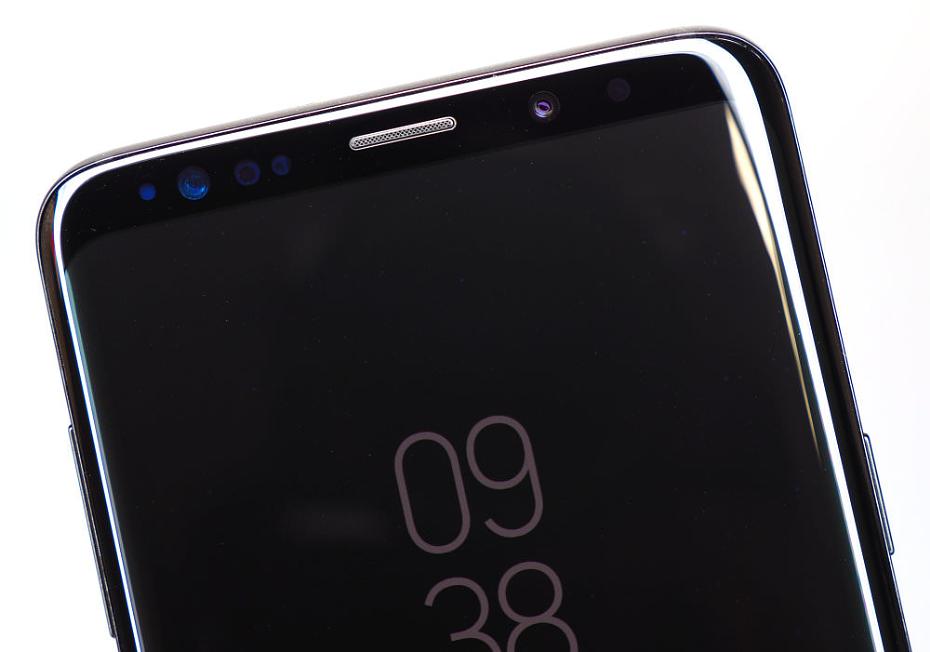
On the front left, you can see an additional front camera, which is used for face recognition which can be used to unlock the phone. You can also use Iris recognition to unlock the phone or the fingerprint sensor on the back. There are additional sensors on the front as well (on the left). The front camera features Auto HDR and can record video up to QHD resolution (2560x1440), and FullHD with HDR.
As with all smart devices these days, it's simple to share your images via Wi-Fi or on social media through the various apps available. Like the Google Pixel 2 XL, there's unlimited photo storage with Google Photos. There is no dedicated home button, instead, the button is on the screen. On the left-hand side are volume buttons, and the "Bixby" button, and on the right-hand side is the power button.
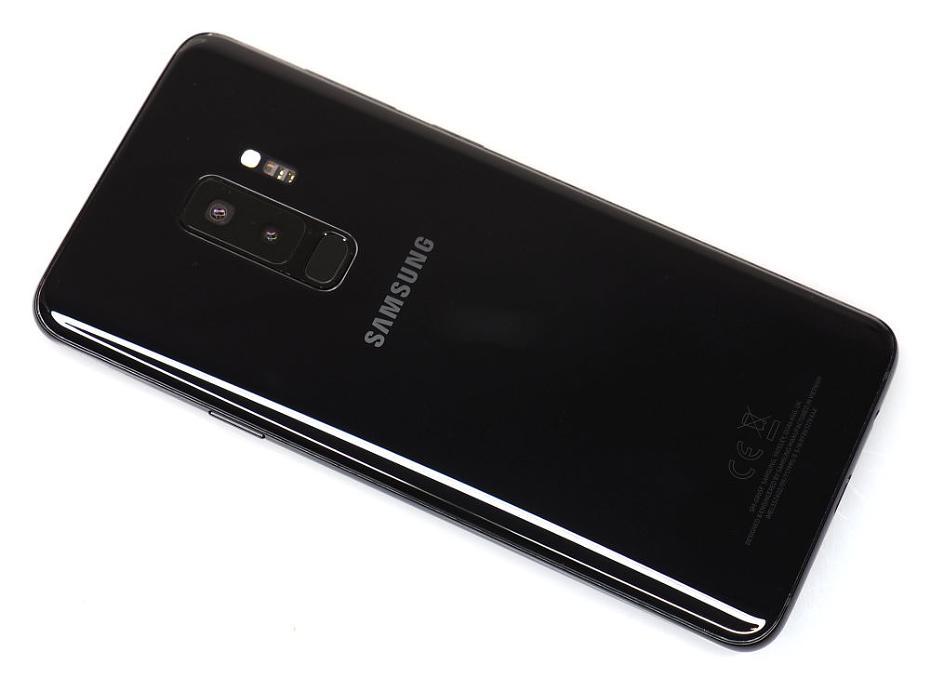
Key Features
- 12-megapixel Dual Pixel rear camera, 1.4micron pixels
- f/1.5-2.4 aperture, 26mm equivalent lens with Optical Image Stabilisation
- S9 Plus: f/2.4 telephoto lens, 52mm equivalent, with Optical Image Stabilisation
- 8-megapixel front camera with f/1.7, and AF, 25mm equivalent.
- Auto HDR (front and rear cameras), Raw shooting possible in Pro mode
- 4K 60fps UHD video capability whilst capturing 9-megapixel stills
- Dustproof and waterproof to 1.5m for up to 30 mins
- 6.2inch Quad HD+ Super AMOLED (2960x1440) with Corning Gorilla Glass 5 (S9: 5.8inch)
- 3500mAh battery, S9: 3000mAh battery
- Wireless charging
- MicroSD slot, Fingerprint Sensor
- Available in a number of colours
Samsung Galaxy S9 Plus Handling
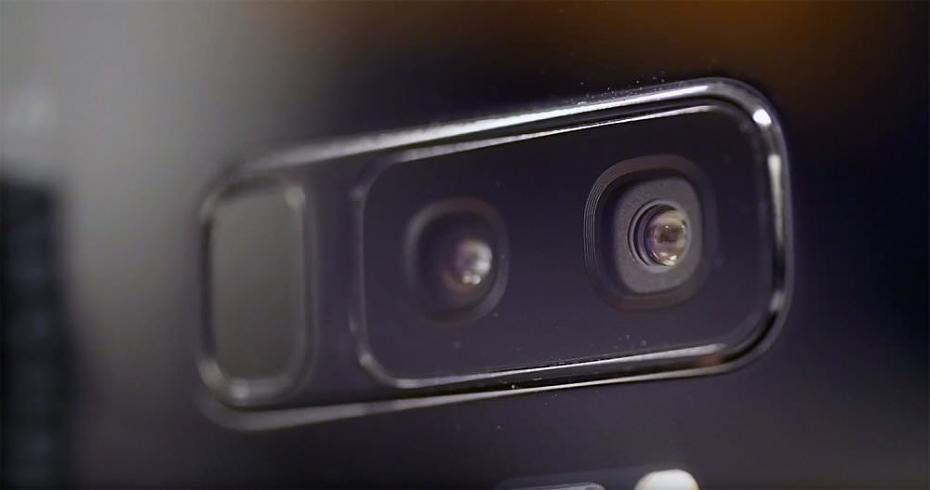
Samsung Galaxy S9 Plus f/1.5 Aperture wide-open

Samsung Galaxy S9 Plus f/2.4 Aperture
Looking at the Samsung Galaxy S9, and S9 Plus, from the front, it's difficult to tell the difference between these new models, and the previous models, the S8. However, turn the smartphone over and you can see the new design for the camera, which features a relocated fingerprint sensor underneath, making it easier to unlock the phone, and it also means you're less likely to smudge the lens with your finger. The S9 also benefits from upgraded sound, with stereo front speakers which are said to be 1.4x louder than the S8.
The Galaxy S9 Plus is very similar in size to the other 5.5inch smartphones but features a 6.2inch screen compared to the 5.5-inch screen on the other phones. The S9 Plus is also slightly narrower, making it easier to reach from one side of the screen to the other - although the height of the screen can make it a stretch at times from top to bottom. Shown below: iPhone 8 Plus (5.5inch screen), Samsung Galaxy S9 Plus (6.2inch screen), and Google Pixel 2 XL (6inch screen).
![]()
The fingerprint sensor position has been improved, and the Samsung Galaxy S9 and S9 Plus feature a headphone socket at the bottom, next to the USB-3 Type-C connection. Due to the glass front and back, the S9 can feel particularly slippery, so a skin or case is highly recommended. The sides of the phone are made from a tough metal, and tests on YouTube show the construction of the smartphone to be very strong.
![]()
The Samsung Galaxy S9 and S9 Plus is extremely responsive and features the latest SnapDragon / Exynos processor. This gives it some of the highest scores in benchmark tests.
Geekbench v4.2.0 results are single core: 3770, multi-core score 8935, which is close to the iPhone X, an improvement over the Galaxy S8, and beating the Google Pixel 2 XL.
The AnTuTu Benchmark (v7.0.5) score is 247185, beating the Apple iPhone X, and Google Pixel 2 XL.
The screen looks excellent and is protected with Corning Gorilla Glass 5, which means it should survive being in a pocket with keys without scratching. The back is also protected by the same glass, but for anyone who's ever dropped a phone and seen the screen break, having a glass back could make you quite nervous, so a case or skin is definitely recommended. The rear glass is also quite prone to fingerprints and smudges, so if you like your phone to stay clean this might soon become annoying.
Like most smartphones, there's no dedicated camera shutter release button on the S9 / S9 Plus, but the camera app opens up extremely quickly and responds almost instantly to presses of the on-screen shutter button. You can also use the volume control as a shutter release button. Double pressing the power button will also quickly open the camera app, even when the phone is locked.
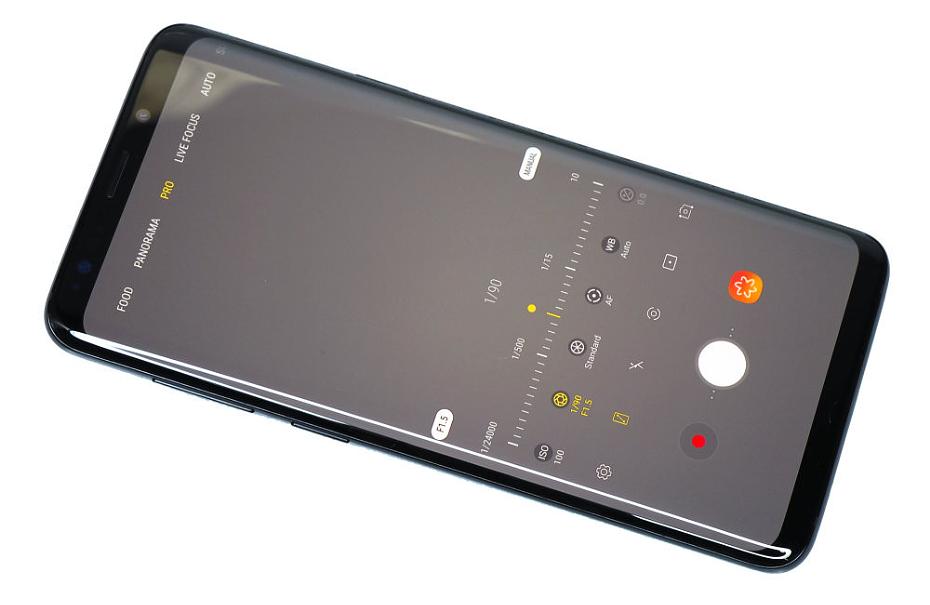
The camera app is easy to use and it's quick and easy to find options and change settings. The camera focuses extremely quickly, and shutter response is instant. Swiping up or down will switch to the selfie camera, and it's easy to accidentally activate the selfie camera. There are a number of default shooting modes available including:
- Auto
- Live Focus (blurred background)
- Pro (manual controls)
- Panorama
- Super Slow motion (high-speed video)
- Hyperlapse
- AR Emoji
- Food
To view the modes available you simply slide your finger left or right, and in settings, you can add "Slow-motion" and "Sports". There are effects available in some of the modes, and you can choose these by pressing the magic wand button at the bottom of the screen. When using the selfie camera, there are a number of built-in effects available, including a blurred background, and a wide-selfie option, that takes a photo much like a panoramic image, showing more of the background in focus.
In Pro mode, you can manually change the ISO speed (from 50 to 800), or leave it on auto and it can go up to ISO1250 in dark lighting. You can adjust the shutter speed, aperture (f/1.5 or f/2.4), colour, focus, white balance, exposure compensation, metering, AF area, and flash.
The screen looks good whether used inside or outside, and it has an impressive resolution. Bixby Vision requires the creation of a Samsung account, and a sim card needs to be in the phone. This is designed to recognise the object or subject you point the camera app giving Translation, Shopping, Place, Food, and Image information.
Battery life - The Samsung Galaxy S9 Plus has a 3500mAh battery, which is not removable. The S9 features a 3000mAh battery. The phone should last at least a day, and the battery life appeared good even though the smartphone has an always on display that shows the time on screen. There are options to optimise battery life with different power saving modes.
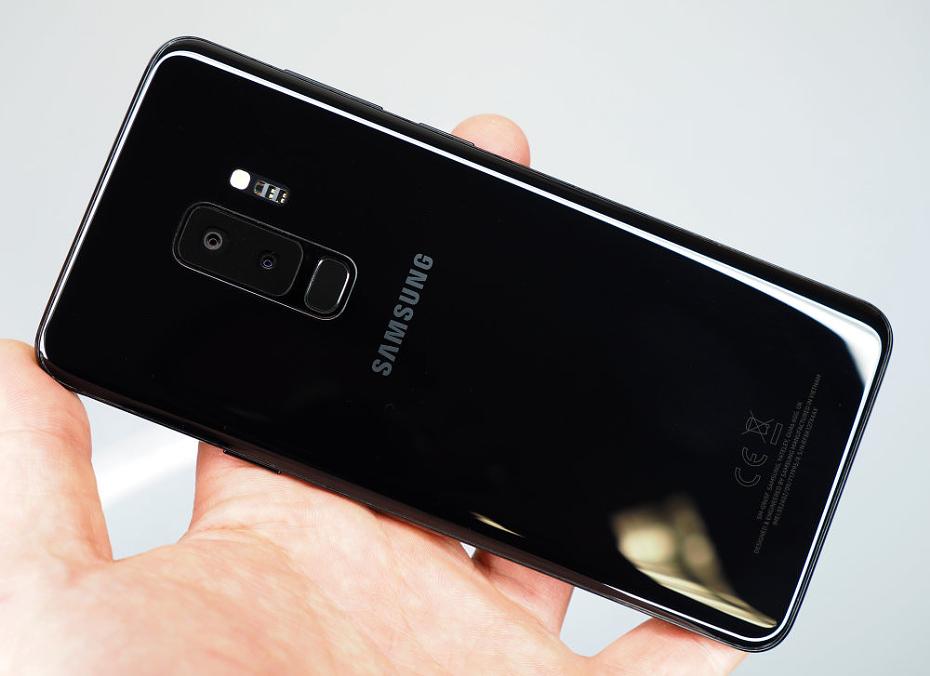
Samsung Galaxy S9 Plus Performance
The performance section is where we look at the image quality performance of the camera. Additional sample photos and product shots are available in the Equipment Database, where you can add your own review, photos and product ratings.
Samsung Galaxy S9 Plus Sample Photos
Camera Performance - Colour is good, with the camera producing pleasing images straight from the camera. Exposure is reliable, and when left on auto settings, the camera will automatically switch to the HDR mode when needed to record more dynamic range in photos, without looking unnatural. Holding the shutter release button down will let you shoot continuously.
The selfie (front) camera performs well, with an 8-megapixel sensor and autofocus (AF) which is rare for a front camera. The selfie camera can struggle with dynamic range at times, and using the HDR mode can help a little here. You can enable background blur for photos taken with the selfie camera. There is no front facing LED flash, and instead the camera will use the phone screen. The LED flash on the back has a diffuser on it, which is an improvement over the S8, and results are good.
There's an improvement in low-light performance, compared to the S8, with lower noise, more detail, and less "smudging" of images. This is more noticeable in very low-light conditions. Thanks to the optical image stabilisation, it's possible to take photos at shutter speeds as low as 1/5th of a second.
There are situations where the S9 gives better results than the Google Pixel 2 XL, and in very low-light the f/1.5 aperture gives images from the S9 lower noise, however, there are times when the Pixel 2 gives better results due to it taking multiple images and merging them (when there is enough light for the f/1.8 lens). The Pixel 2 XL is also better at capturing a wider dynamic range in images, with better detail in the shadows (see the Dynamic range image above), however, for portraits the Pixel 2 XL's HDR mode can be unnatural looking at times.
Samsung Galaxy S9 Plus Lens test images
Lens Performance - With an f/1.5 aperture, the camera is capable of taking a photo that shows a blurred background, particularly when the subject is close to the lens. The camera can focus on subjects fairly close to the lens, giving reasonable macro focus. Vignetting is not an issue, but there is some pincushion distortion noticeable if you're shooting images with straight lines. If you shoot using the Pro mode, you can select raw shooting, and the camera will record Adobe DNG files, as well as JPEG images. The camera was impressively resistant to flare, as long as you keep your lens(es) clean.
Aperture range (f/1.5-2.4) - images taken using the f/1.5 aperture are sharp and detailed, although there is some softening of images in the very far corners. If you're shooting landscapes, then the f/2.4 aperture will give you slightly sharper shots, with more of the scene in focus, but the difference can be quite subtle at times. The telephoto lens performs well with detailed and sharp images. The aperture change happens in front of the lens, but behind the protective glass on the back of the smartphone.
Live Focus - You can focus on a subject close to the camera, and set the level of background blur. In playback (with dual capture on) you get to choose between the telephoto and wide-angle photos. You can also adjust the level of blur after taking the photo.
In some low-light conditions, the 2x button on the screen will no longer activate the second camera, and instead simply activates digital zoom. Checking the EXIF information will show which camera was used if needed.
Samsung Galaxy S9 Plus ISO test images
ISO Noise Performance - Noise is low from ISO50 to ISO200, with some appearing at ISO400. Above ISO400 and at ISO800 noise becomes more noticeable, and detail suffers, but results remain usable, with good colour reproduction. With a bright f/1.5 lens and optical image stabilisation, for most shots, you shouldn't need to use the higher ISO speeds. To get access to higher ISO speeds above ISO800 in manual mode, you can leave ISO on auto, or you can use a third-party app, such as Adobe Lightroom Mobile, and then ISO speeds up to ISO1250 can be manually selected. In auto modes, the camera will automatically use a higher ISO speed if needed. The telephoto camera takes photos with more noise, however, the manual mode is not available with the telephoto camera (instead 2x zoom becomes digital zoom).
Samsung Galaxy S9 Plus White-balance test images
White Balance Performance - Auto White Balance (AWB) performs well under mixed light, as well as under Tungsten lighting, with a slightly warm result, and using the Tungsten preset gives a slightly cooler result. AWB also performs well under fluorescent lighting, with the fluorescent preset giving a slight magenta colour cast. You can see the difference between photos taken at f/1.5 and f/2.4, with f/1.5 photos slight softer where items aren't in the plane of focus, but images are sharp where the subject is in focus.
Samsung Galaxy S9 Plus Digital filters
Digital Filters - There are 15 effects built-in to the camera app, and you can apply stickers or masks (on top of people's faces). You can also download additional effects, or use any number of third-party apps to edit images. AR Emoji creates a character or "emoji" of yourself, and you can what it animate as you talk or move. It's not very good at the moment but should improve with future updates.
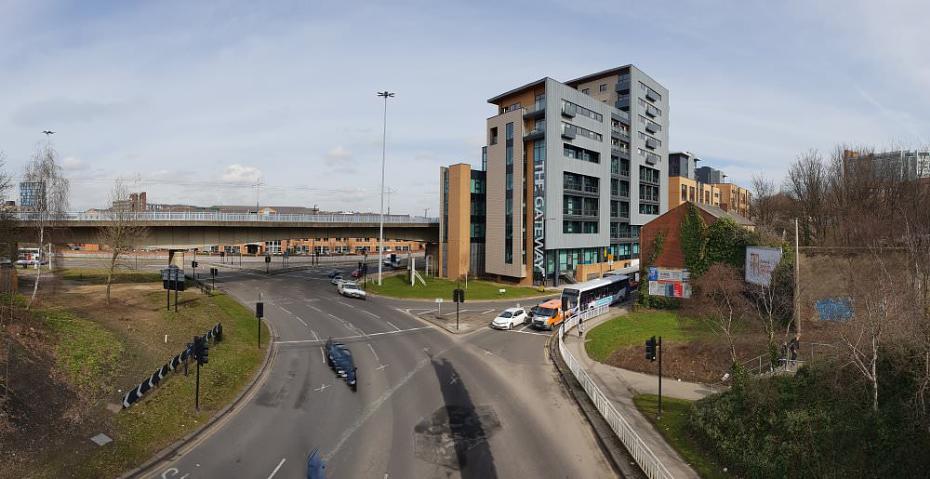
Samsung Galaxy S9 Plus Panoramic | f/2.4 | 4.3 mm
Panorama mode - The camera has an automatic panoramic mode that automatically stitches the image as you pan from one side to another. The results are well stitched, and if you get the smoothness and speed right you get a very high-resolution image. Images we took were between 27 and 34 megapixels.
Video - The camera records 4K (UHD) 60fps, QHD, Full HD video with stereo sound, and optical image stabilisation is available in all modes. When recording in UHD 60fps, or 1:1 resolution only optical image stabilisation is available, not both electronic and optical stabilisation. Results are very good, with good detail, and you can also take 9-megapixel images when recording 4K video. Image stabilisation works very well, although it can take a while for stabilisation to settle. You also have the option for continuous AF while recording. There are options to record using HEVC compression. The telephoto camera can also record 4K video.
The Super slow-motion high-speed video mode records video at a resolution of 1280x720 and starts recording slow-motion footage when something enters the central area of the frame. With some subjects, this can mean it's difficult to get the shot right, but with some patience and practise, it is possible.
Slow motion video can be recorded at 240fps, with a FullHD resolution. The camera performs quite well, even in low-light, thanks in part to the f/1.5 aperture lens. Additional videos can be found on the ePHOTOzine YouTube Channel.
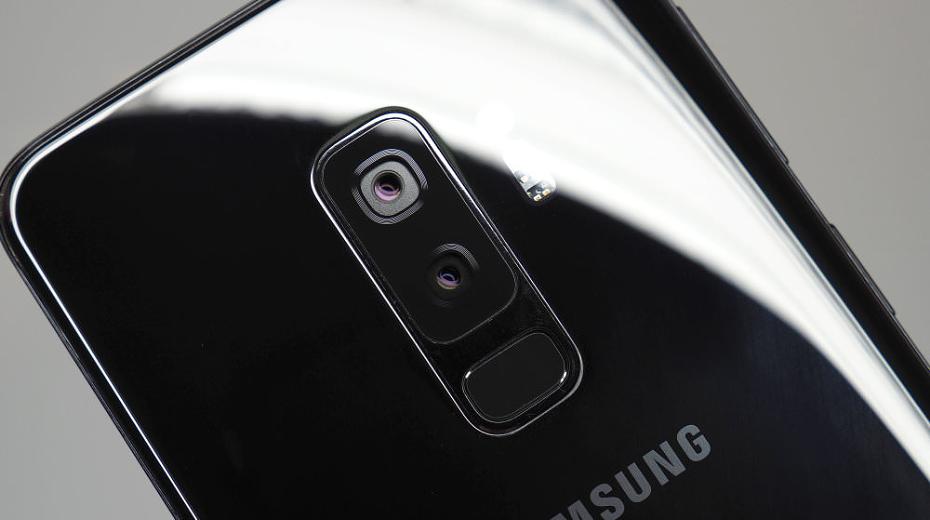
Value For Money
The Samsung Galaxy S9 is available for £739, while the S9 Plus is available for £869 sim-free. This makes it an expensive premium phone, however, not as expensive as the iPhone X, at £999. Here's a round-up of some of the alternatives to look at:
Samsung Galaxy S9, f/1.5-2.4 aperture (single lens), 5.8inch, £739
Huawei Mate 10 Pro, f/1.6 aperture, dual-camera (colour/mono), 6inch, £529
iPhone X, Dual camera (wide-tele), 5.8inch screen, £999
iPhone 8 Plus, Dual camera (wide-tele), 5.5inch screen, £799
Google Pixel 2 XL, f/1.8 aperture (single lens), 6inch screen, £699
LG V30, f/1.6 dual-camera (wide, ultra-wide), 6inch screen, £589
HTC U11, f/1.7 aperture (single lens), 5.5inch screen, £540
Sony Xperia XZ2, f/2.0 aperture (single lens), 5.7inch screen, £699
Have a look at more smartphones in our Top 10 Best Smartphones for Photographers. You might want to buy a MicroSD memory card and a case or bag to keep your smartphone safe and protected - have a look at our complete guide to camera bags, or have a look at the Best Samsung Galaxy S9 / S9 Plus Cases.
Samsung Galaxy S9 Plus Verdict
The Samsung Galaxy S9 and S9 Plus show that Samsung is taking smartphone photography seriously, with the S9 being marketed on the strengths of its new variable aperture camera. The camera gives you an f/1.5 aperture, making it the brightest lens in a smartphone ever, giving better low-light performance, and softer bokeh, plus the aperture can be changed to f/2.4 for sharper images, with more in focus. The S9 Plus adds a telephoto f/2.4 camera, and it's great to have a 2x telephoto lens on a smartphone. Both cameras feature optical image stabilisation so that photos will be sharper, and free from blur. Dual pixel focus ensures focus is extremely rapid, and low-light performance has been improved noticeably since the S8.
The camera app has manual controls, letting you change the aperture, ISO, shutter speed, white balance, and more, as well as letting you shoot raw (Adobe DNG) images. While there are numerous manual controls for the wide-angle camera, this isn't available for the telephoto lens, which is a shame.
Video is improved, with 4K UHD 60fps video available, FullHD 240fps, and super slow-motion 960fps at 720p. Optical image stabilisation helps keep video stable, and smooth.
The design is excellent, with the large screen dominating the front of the smartphone. There are also stereo speakers, which are an improvement over the S8. The phone is fast, responsive, and has plenty of RAM and storage. Plus you can upgrade this with a MicroSD card, and there's even a headphone socket for listening to music. The smartphone is IP67 water resistant up to 1.5 metres for 30 minutes, which means you can use the camera underwater if the opportunity comes about, although you still need to be careful with the USB connection.
The Samsung Galaxy S9 Plus offers an adjustable aperture wide-angle camera, with a bright f/1.5-2.4 lens, with rapid shooting and ample manual controls. The telephoto lens gives 2x telephoto reach, and both cameras feature OIS. 4K video is recorded at 60fps, and results are impressive. It's difficult to see any areas where this camera phone is lacking, and if your budget covers the cost of this smartphone then you'll be rewarded with excellent results.
|
The Samsung Galaxy S9 Plus impresses with the brightest camera lens available, a dual aperture, and telephoto lens, both with optical image stabilisation and 4K video. |
